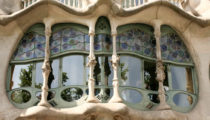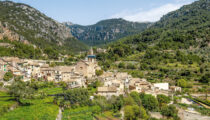November 27, 2024
Highlights of Granada in Andalusia, Spain
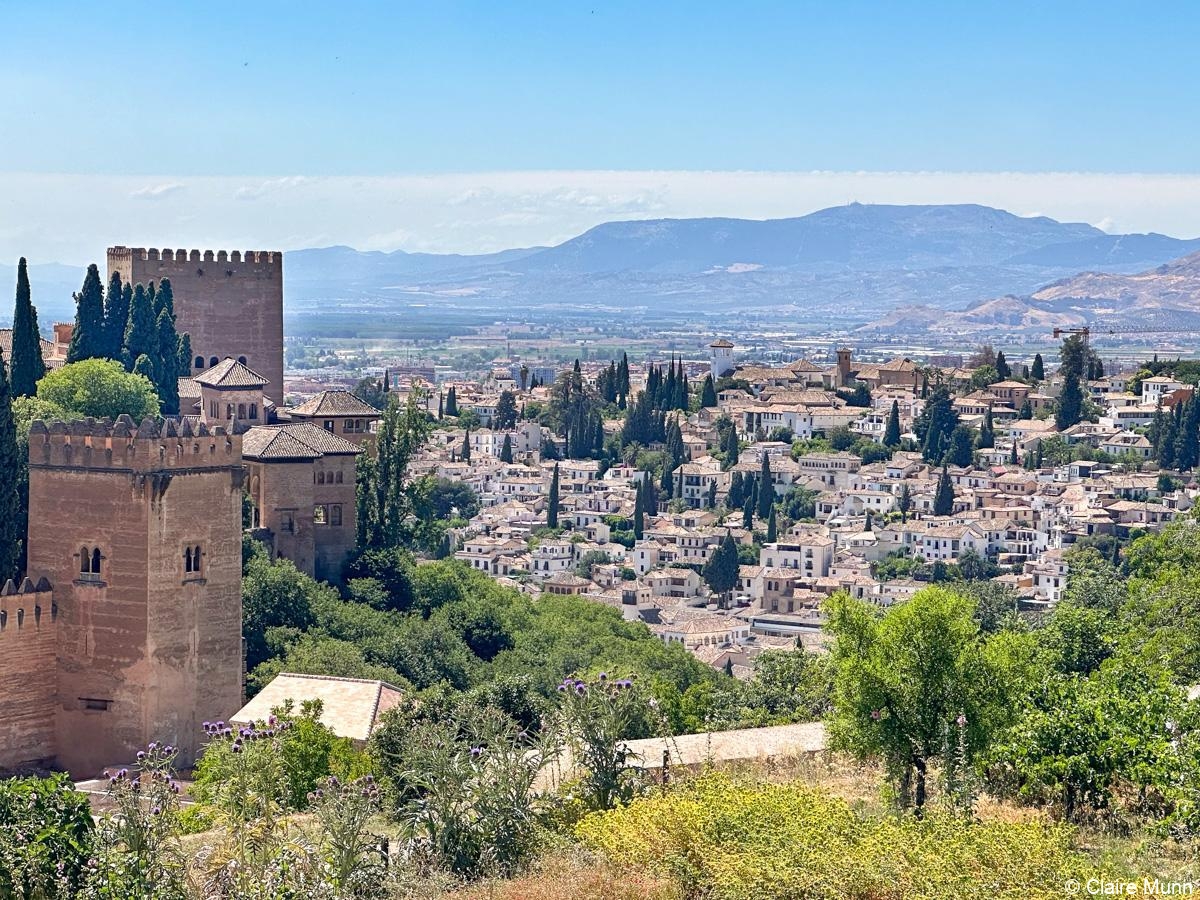
At the foot of the Sierra Nevada mountains in Andalusia, Granada is an incredible destination in Spain that’s best known for its stunning Moorish architecture, rich history, fascinating multicultural heritage and traditional crafts.
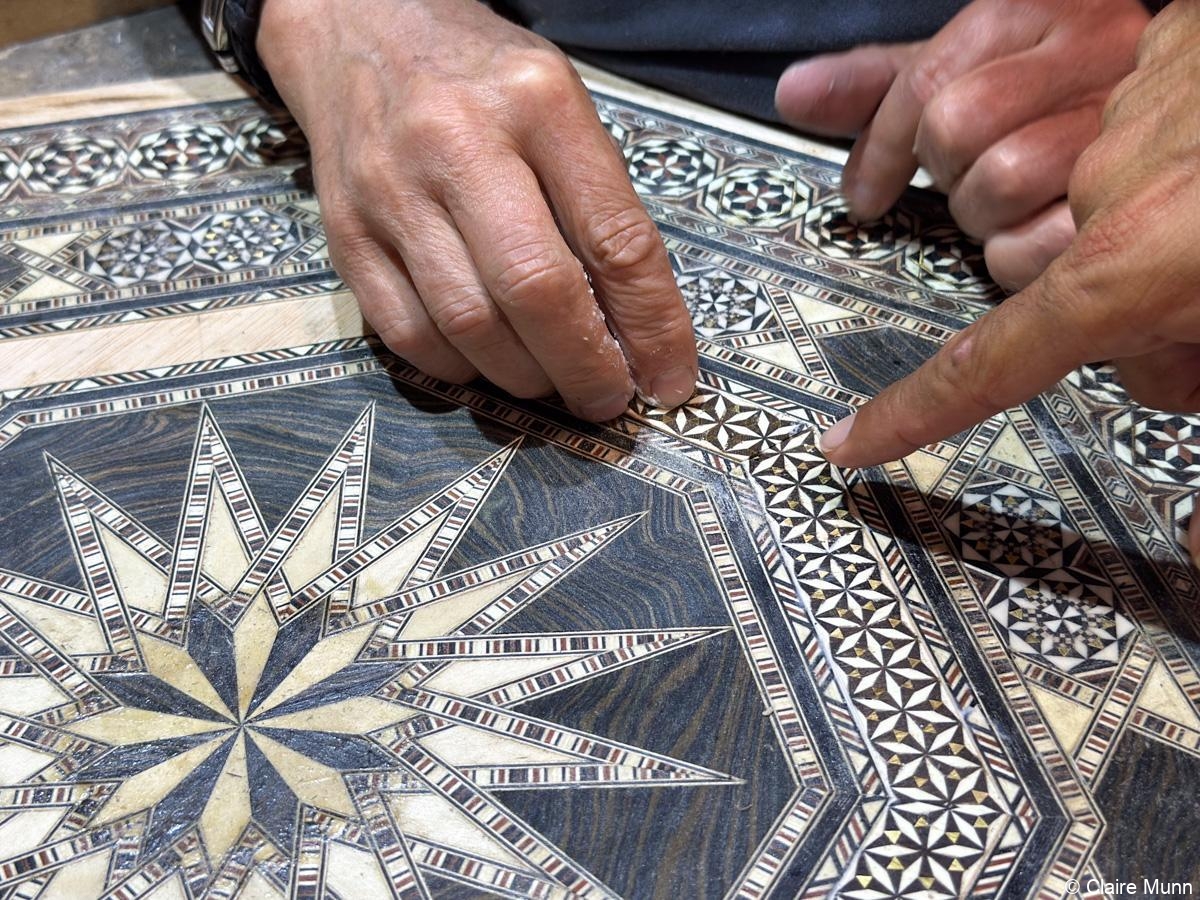
As part of our private Spain tours, Artisans of Leisure arranges expert-led tours of Granada, including:
The Alhambra
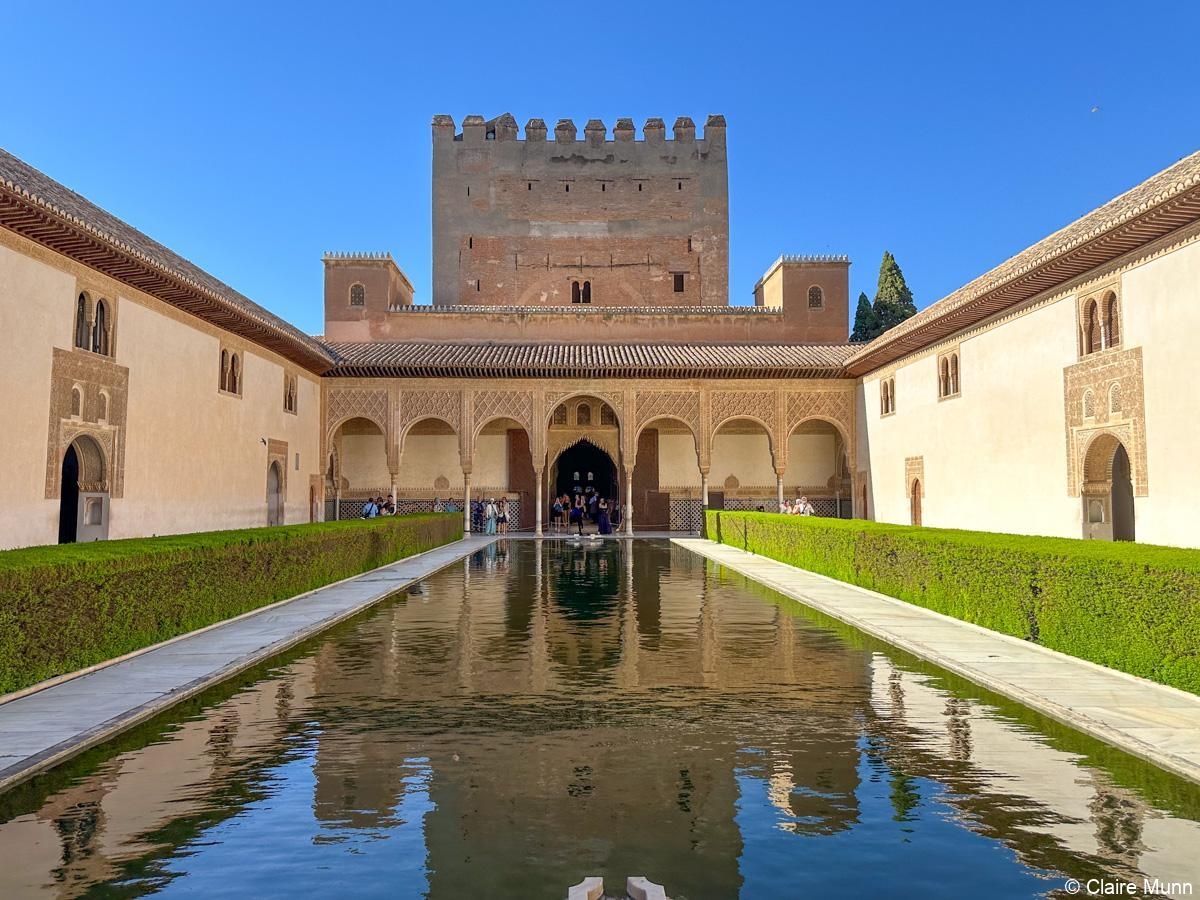
Crowning a hilltop in the center of Granada and framed by snow-capped mountains, the Alhambra is a spectacular fortified palace complex that reflects the height of Islamic culture and craftsmanship before the Reconquista (the Christian reconquest) in 1492 by Ferdinand II of Aragon and Isabella I of Castile.
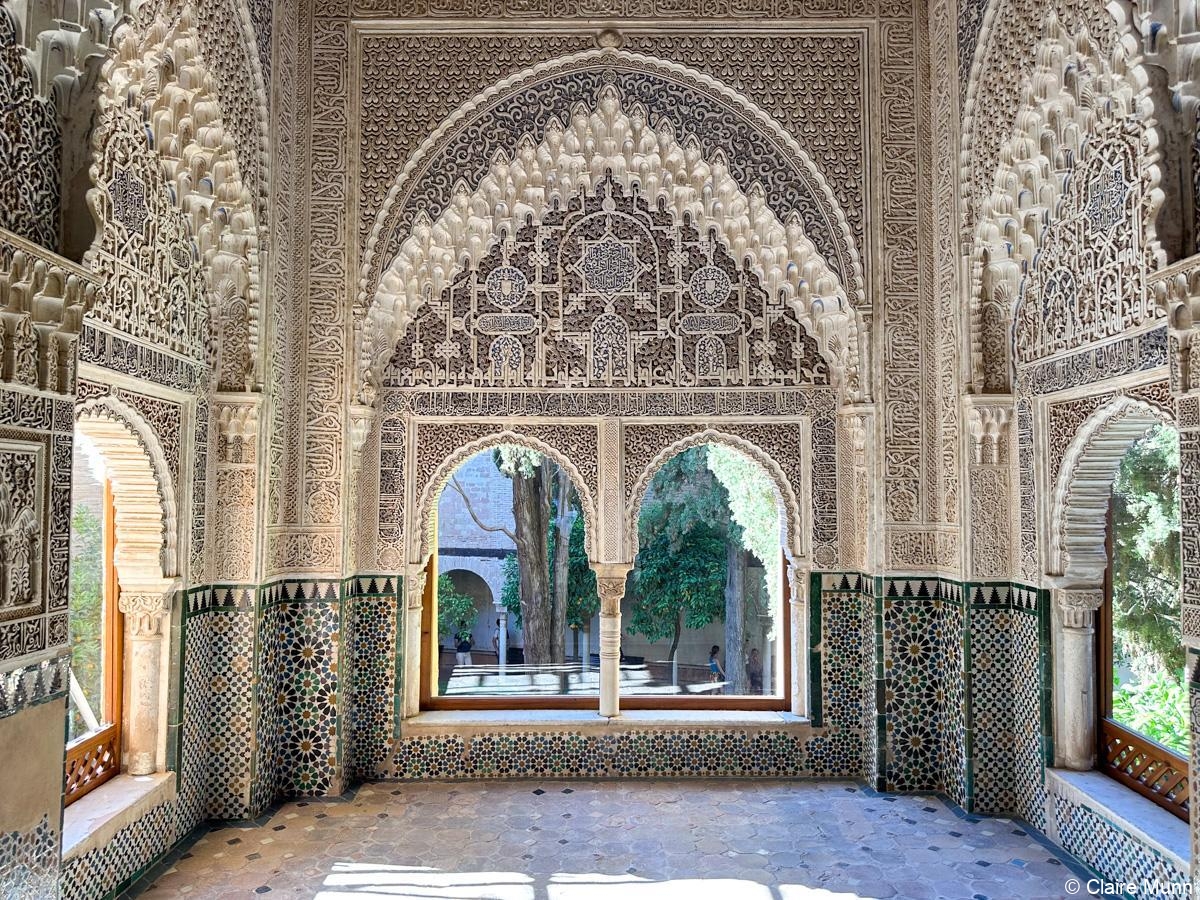
While fortifications began in the ninth century, the Nasrid dynasty, Spain’s last Moorish rulers, significantly expanded the citadel in the 14th century to include opulent palaces and lush gardens.

Commanding panoramic views over Granada, the Alhambra functioned as a separate city-within-a-city.
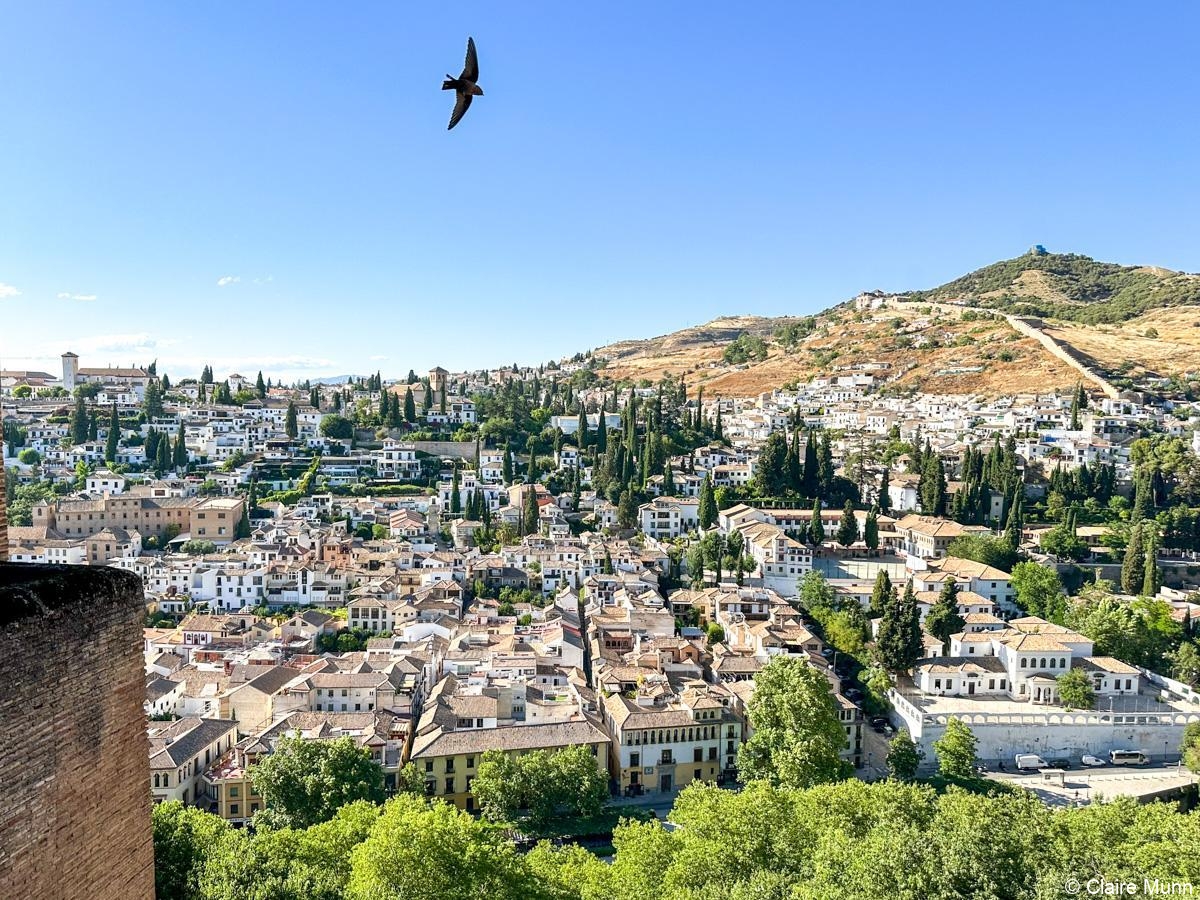
The hilltop once contained an array of houses, barracks, artisan workshops, leather tanneries, public baths and a sophisticated water supply system using aqueducts, underground channels and irrigation ditches.

Conceived to represent the Islamic concept of paradise on earth, the Alhambra has lush gardens with water channels, reflective pools and fountains.
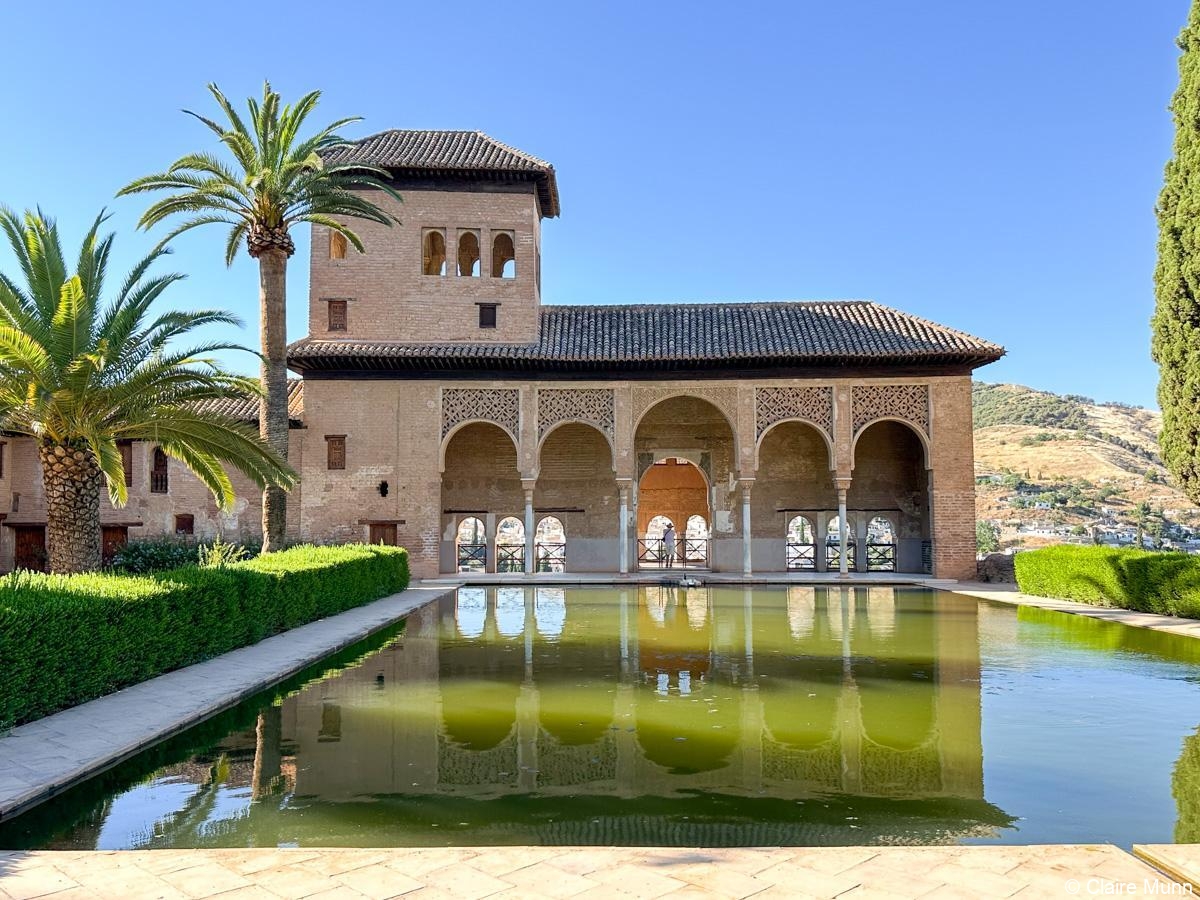
Combined with the Moorish architecture that features intricate stuccowork, vibrant tiles, Islamic calligraphy and geometric and floral patterns, the gardens and buildings form an artistic ensemble.
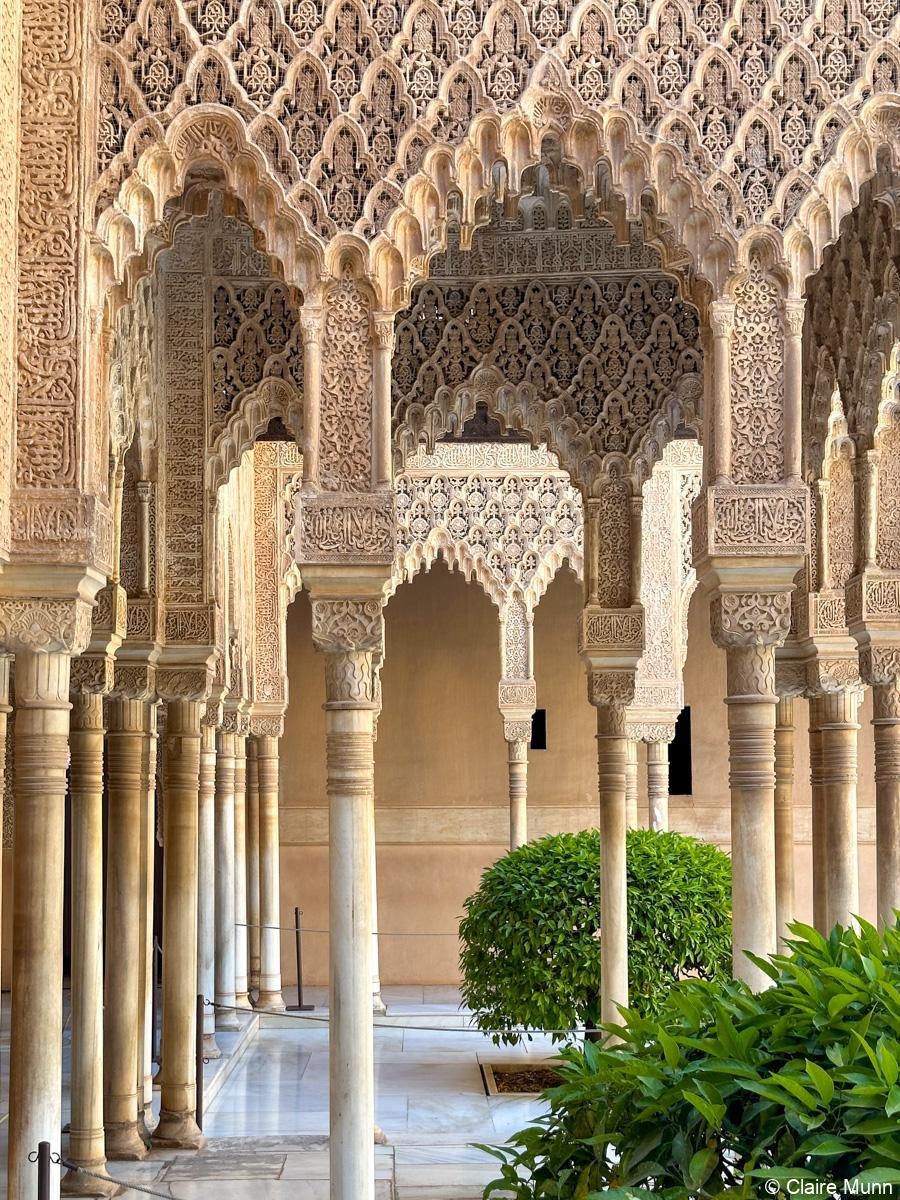
Notable highlights of the Alhambra include the Hall of Two Sisters and the Hall of the Abencerrajes, known for their spectacular muqarnas (a honeycomb-like structure that is a feature of Islamic architecture) ceilings.
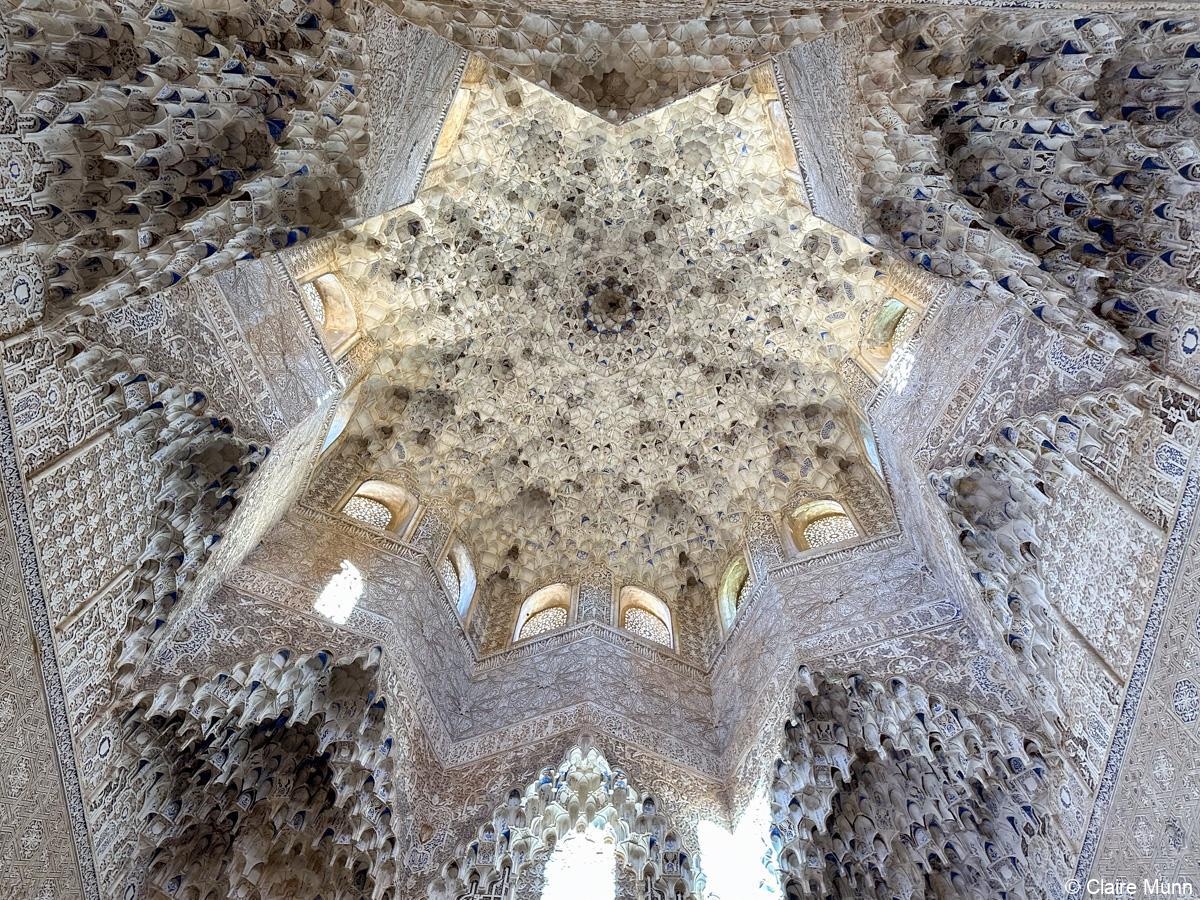
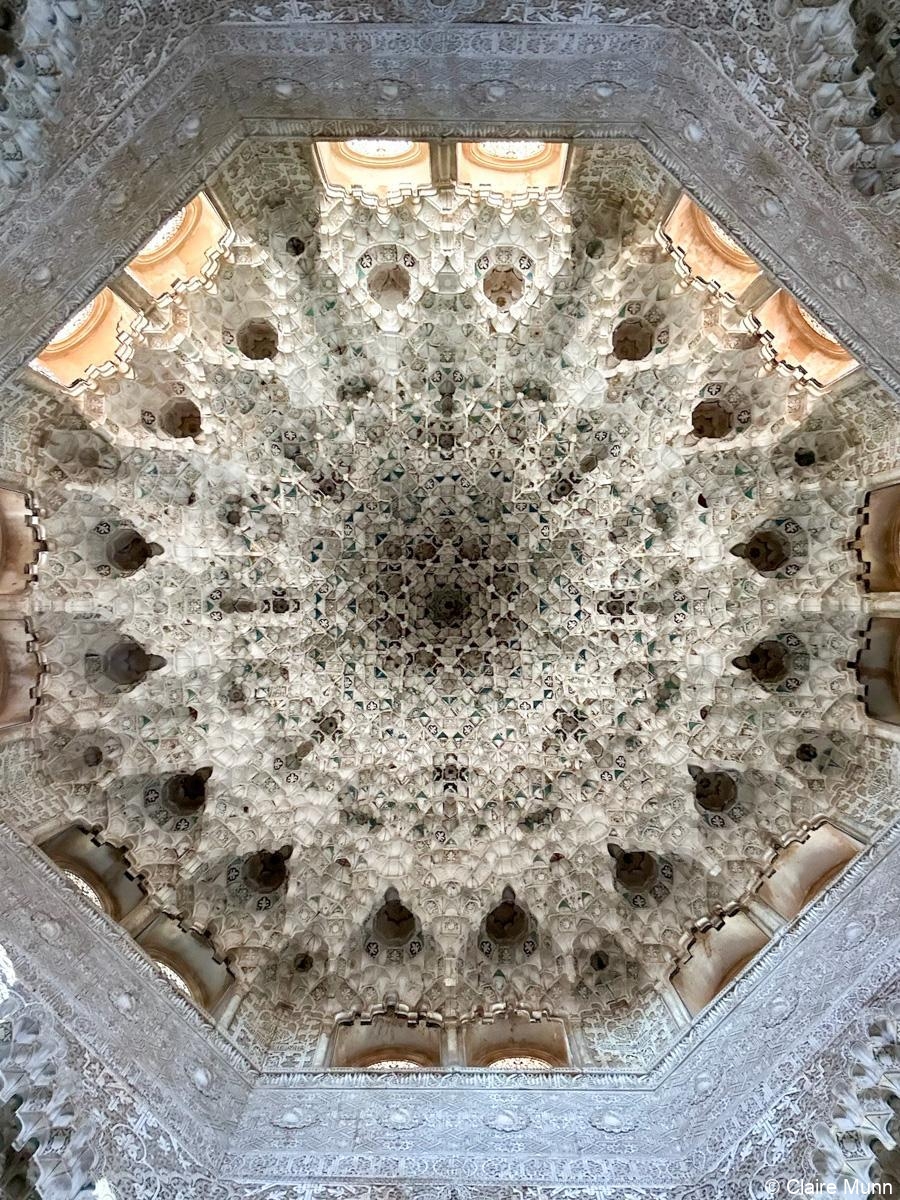
At the heart of the Alhambra is the iconic Patio de los Leones (Court of the Lions), a beautiful courtyard with intricately carved columns surrounding an 11th-century fountain with 12 carved marble lions.
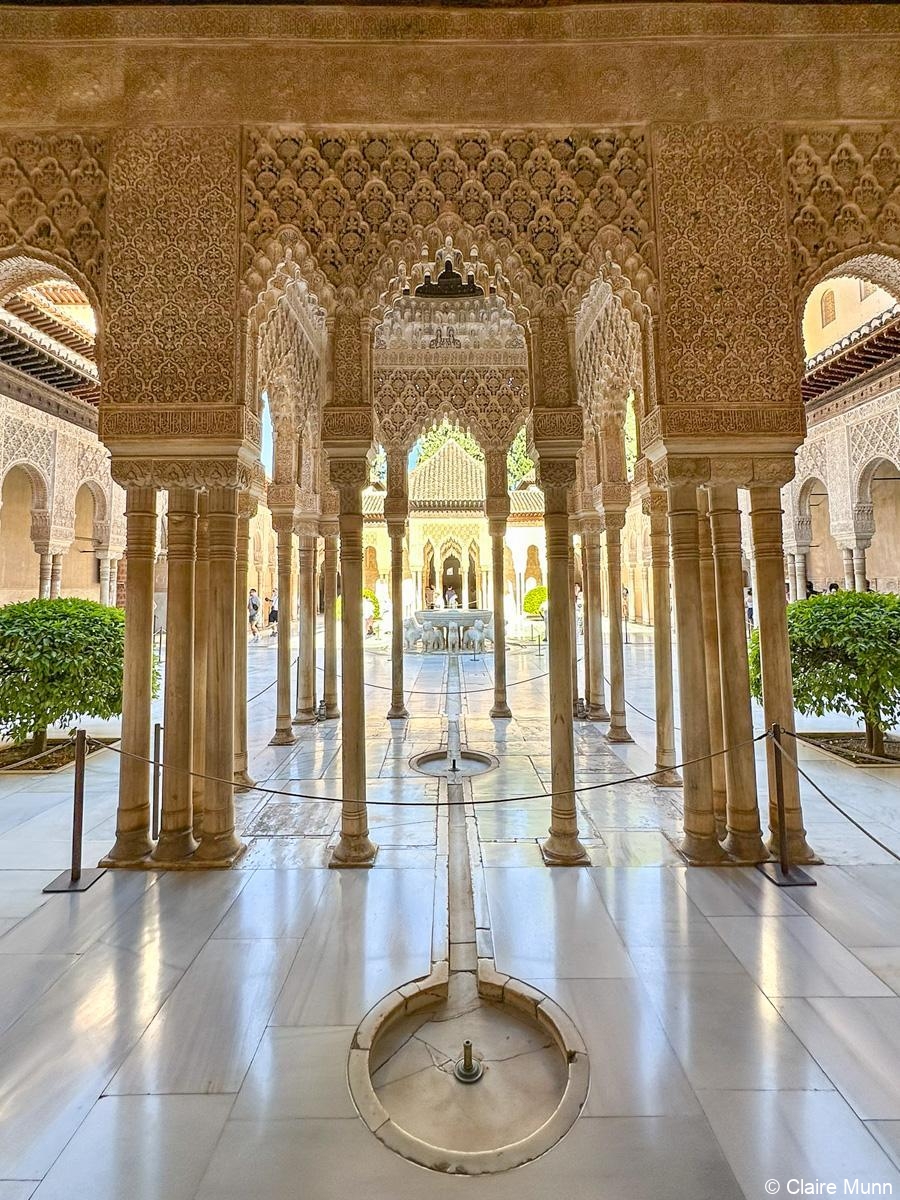
Commissioned in the 14th century, the Court of the Lions is a notable example of the complex fusion of art, function and spirituality employed throughout the architecture of the Alhambra.
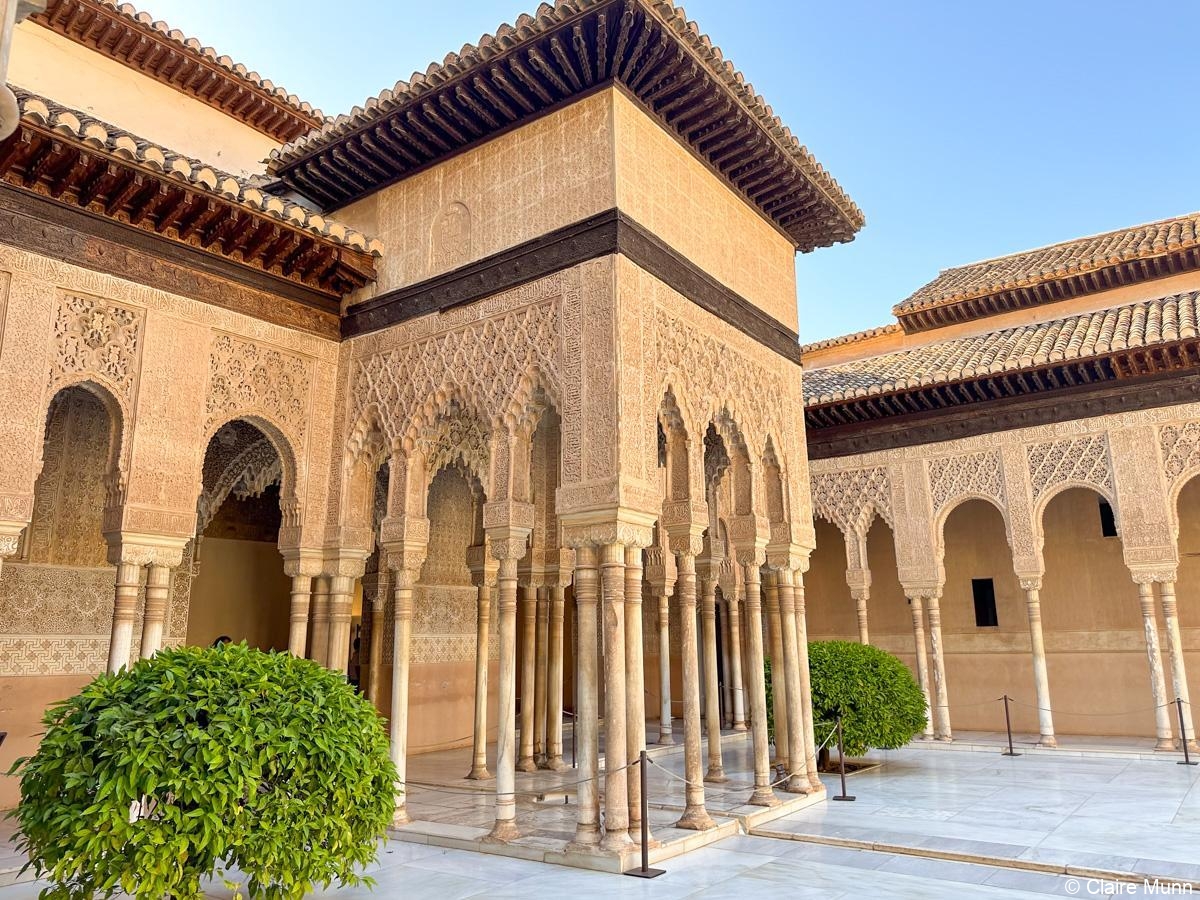
The courtyard’s design, layout and visual symbols illustrate the Islamic vision of paradise. For instance, the geometry of the courtyard adheres to the golden ratio, representing Islamic principles of symmetry as a reflection of divine order. The fountain at the center is believed to represent the fountain of life; the four water channels that supply the fountain are not only a prime example of the advanced water system in the complex but are also thought to represent the four rivers of paradise mentioned in the Quran.
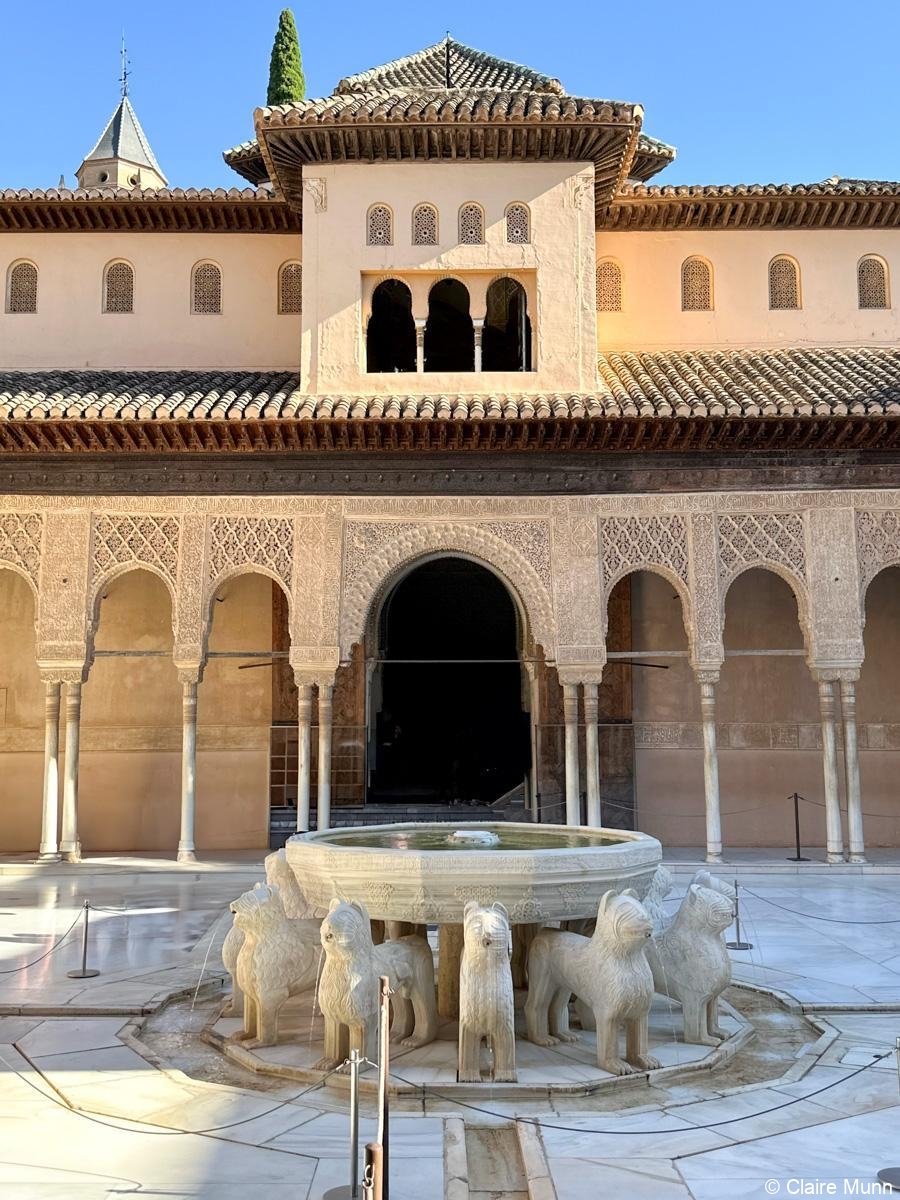
The Chamber of the Ambassadors, a vast reception room where the Nasrid rulers would have received foreign dignitaries, is especially notable for its intricate cedar marquetry ceiling.
Following the Reconquista, Ferdinand and Isabella met with Christopher Columbus in the Chamber of the Ambassadors to officially support his voyage to the New World.

The elaborate stuccowork on the walls and decorative wooden grills over the windows create a beautiful play of light and shadow, an intentional design feature throughout the Alhambra.
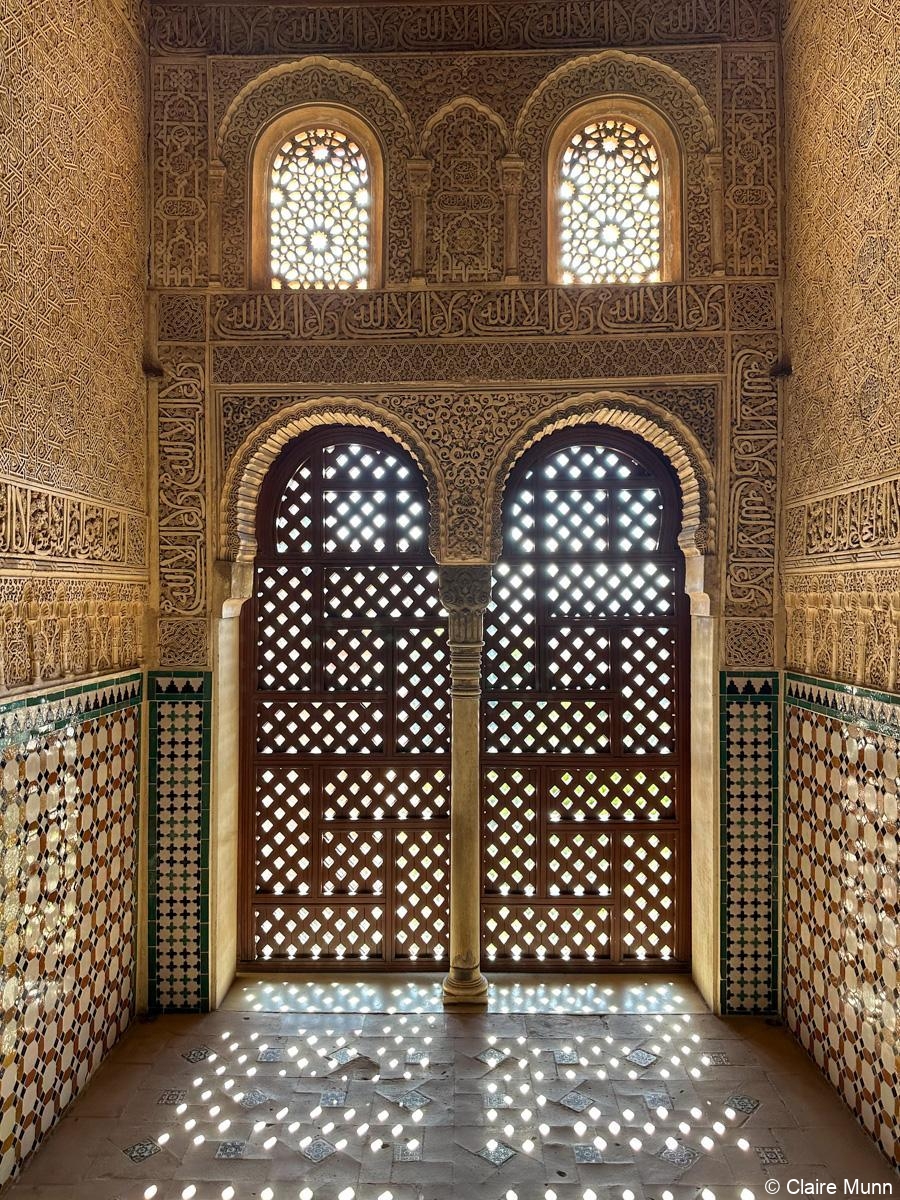
Other notable highlights of the complex include the Mexuar Hall, which was converted into a chapel after the Reconquista and contains a fascinating blend of Islamic and Christian symbols, and the Patio de los Arrayanes (Court of the Myrtles), which features a reflecting pool and fountains surrounded by intricate arches and pillars.

Today, the fortified royal residence is a UNESCO World Heritage Site, along with the nearby Generalife gardens and the medieval Albaicin quarter.
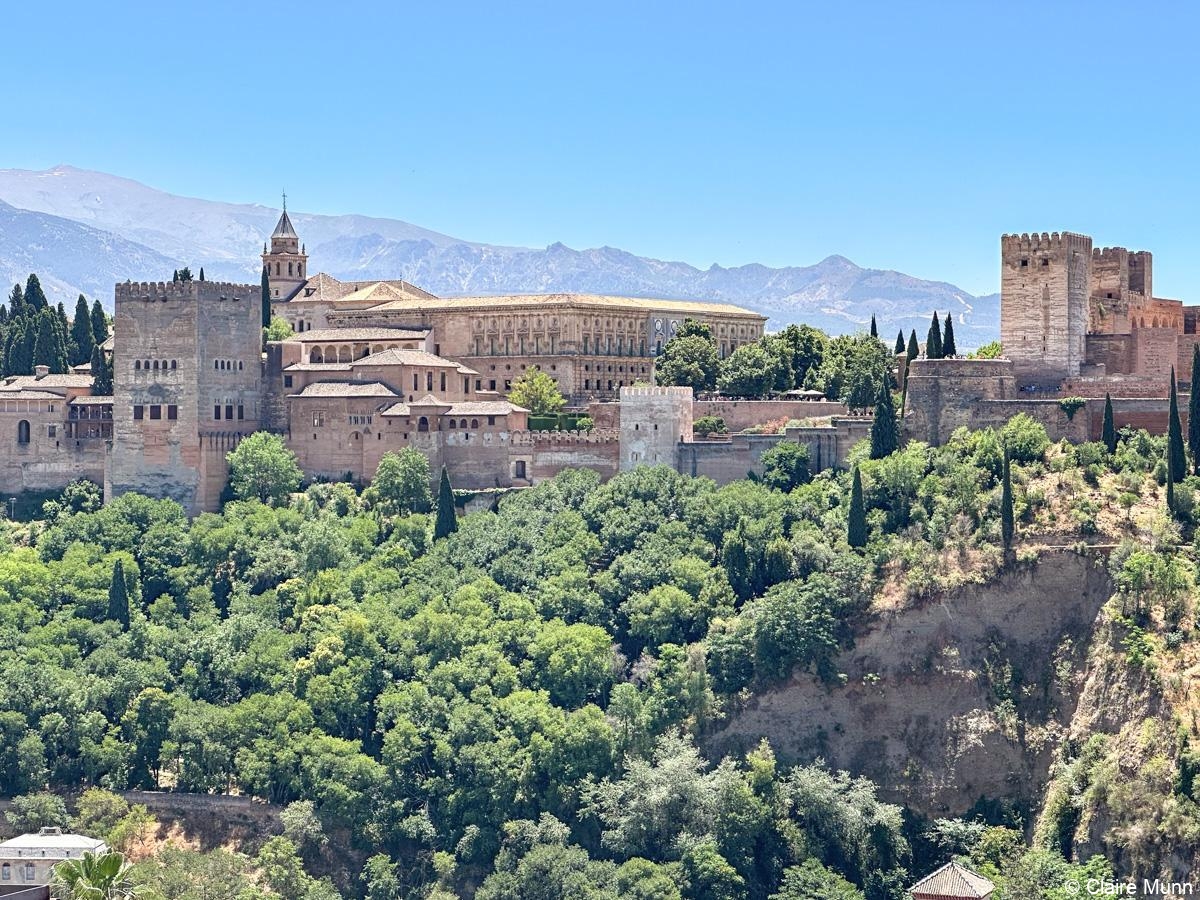
Artisans of Leisure arranges private tours of the Alhambra, where our expert local guides bring to life its fascinating history and the meaning of its highly symbolic art, architecture and garden design.
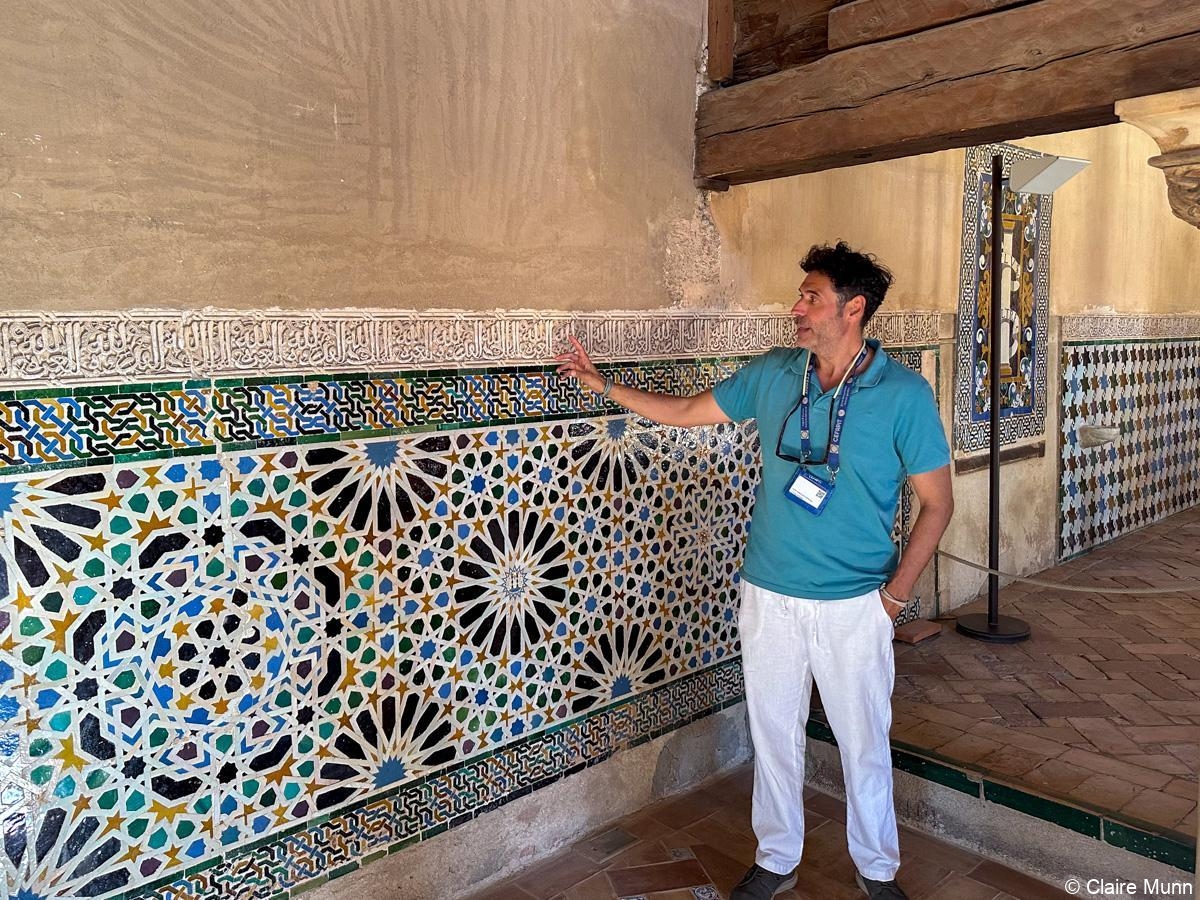
The Generalife
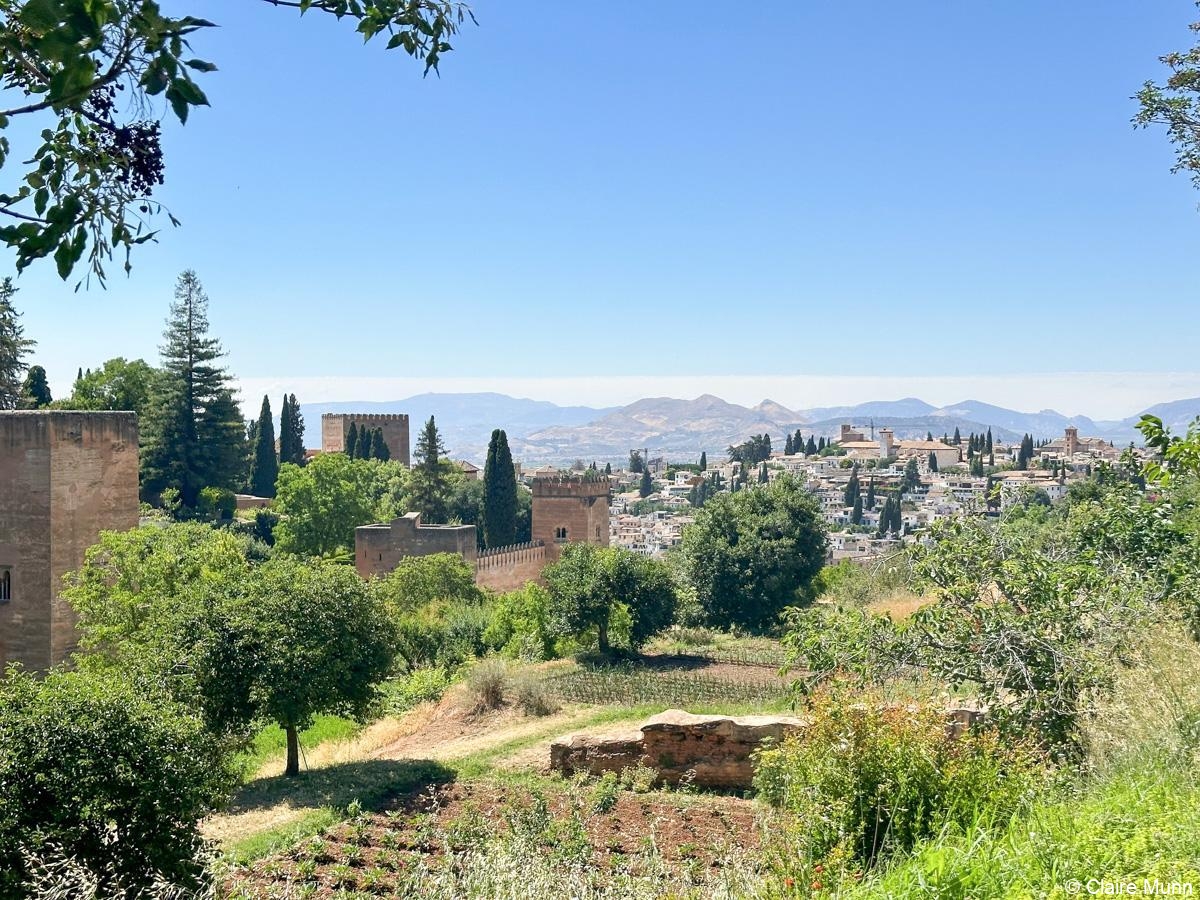
Located on a hill near the Alhambra, the Generalife was the summer retreat of the Nasrid rulers during the 13th and 14th centuries.
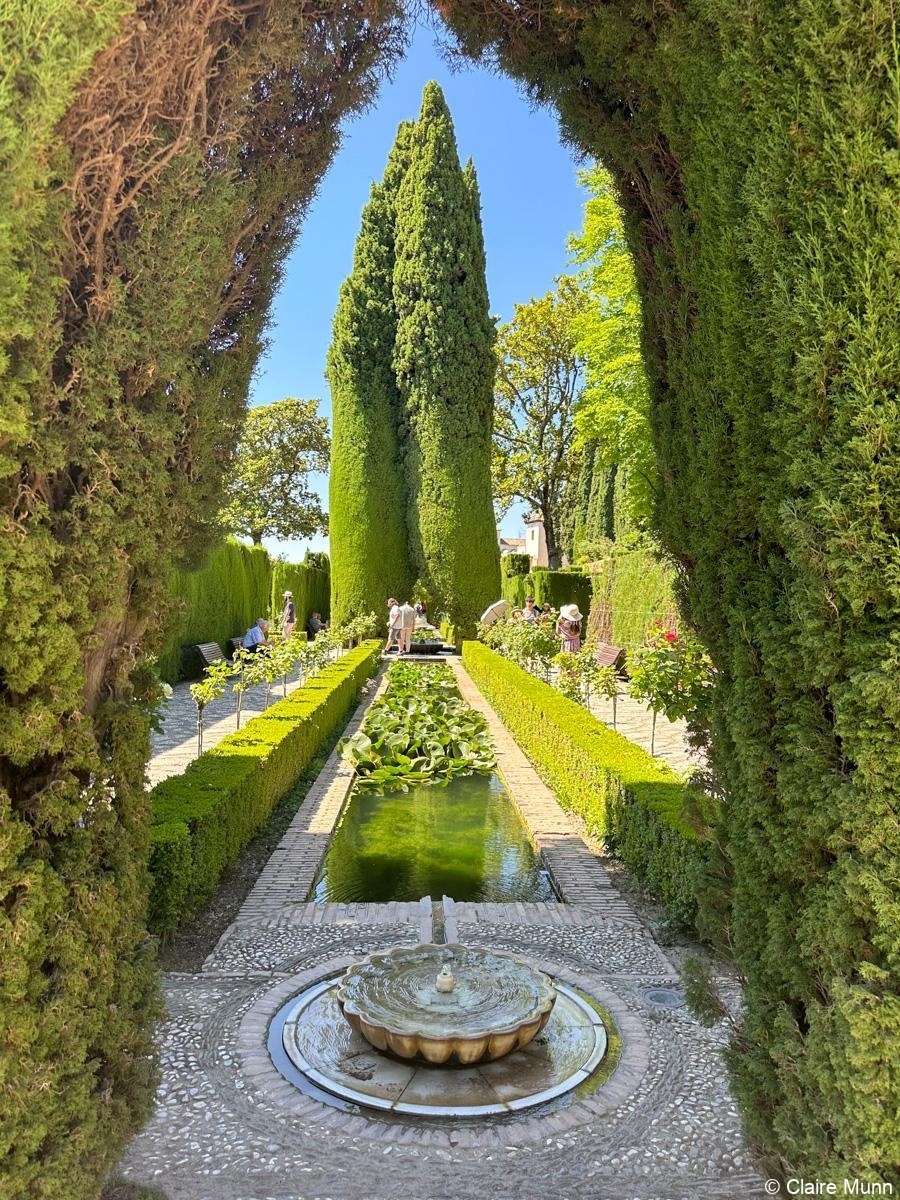
Known for its lush gardens with water features and stunning views of the surrounding landscape, the Generalife—like the Alhambra—was designed to be a manifestation of paradise on earth.
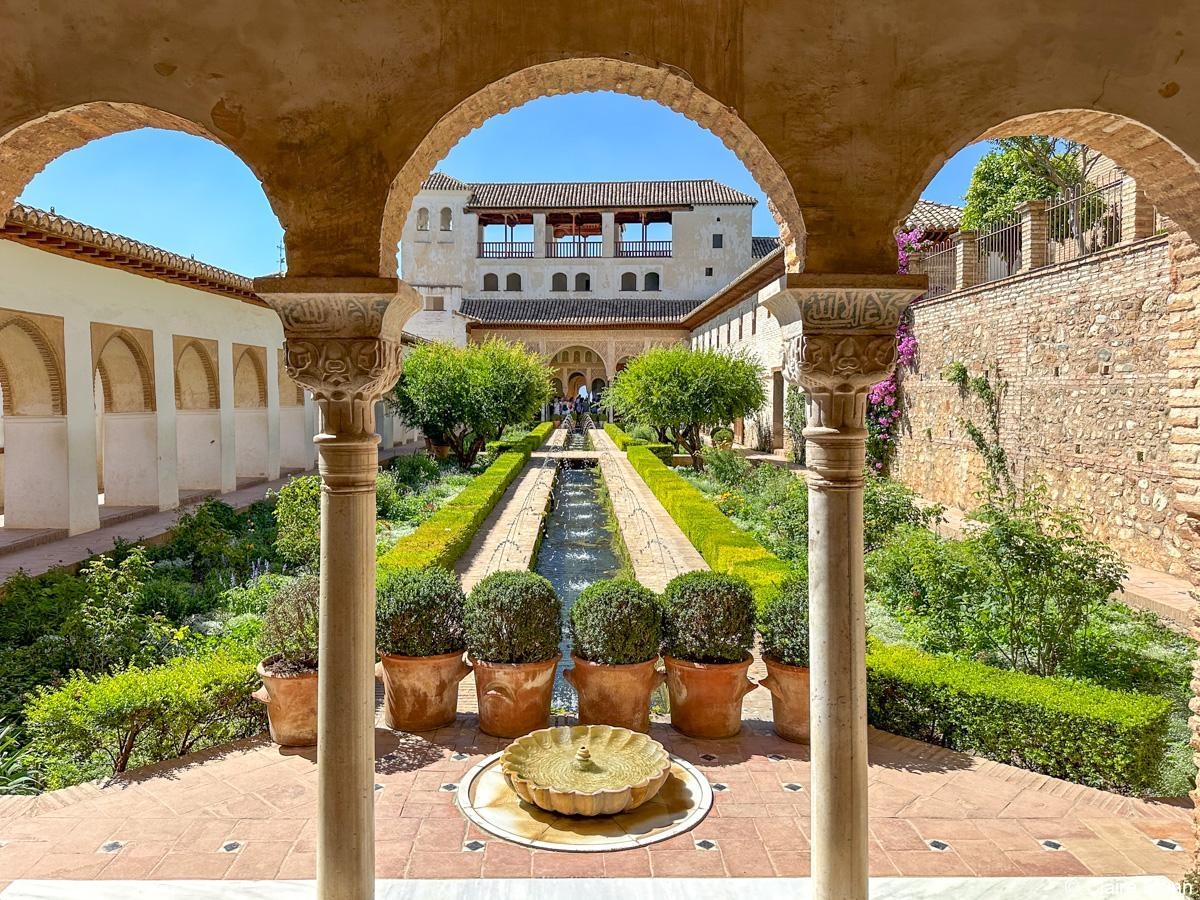
Mosaic pathways lead visitors past fountains and water channels, through cypress trees, fruit trees, rose bushes, jasmine and orange blossoms to vistas of the Alhambra and beyond.
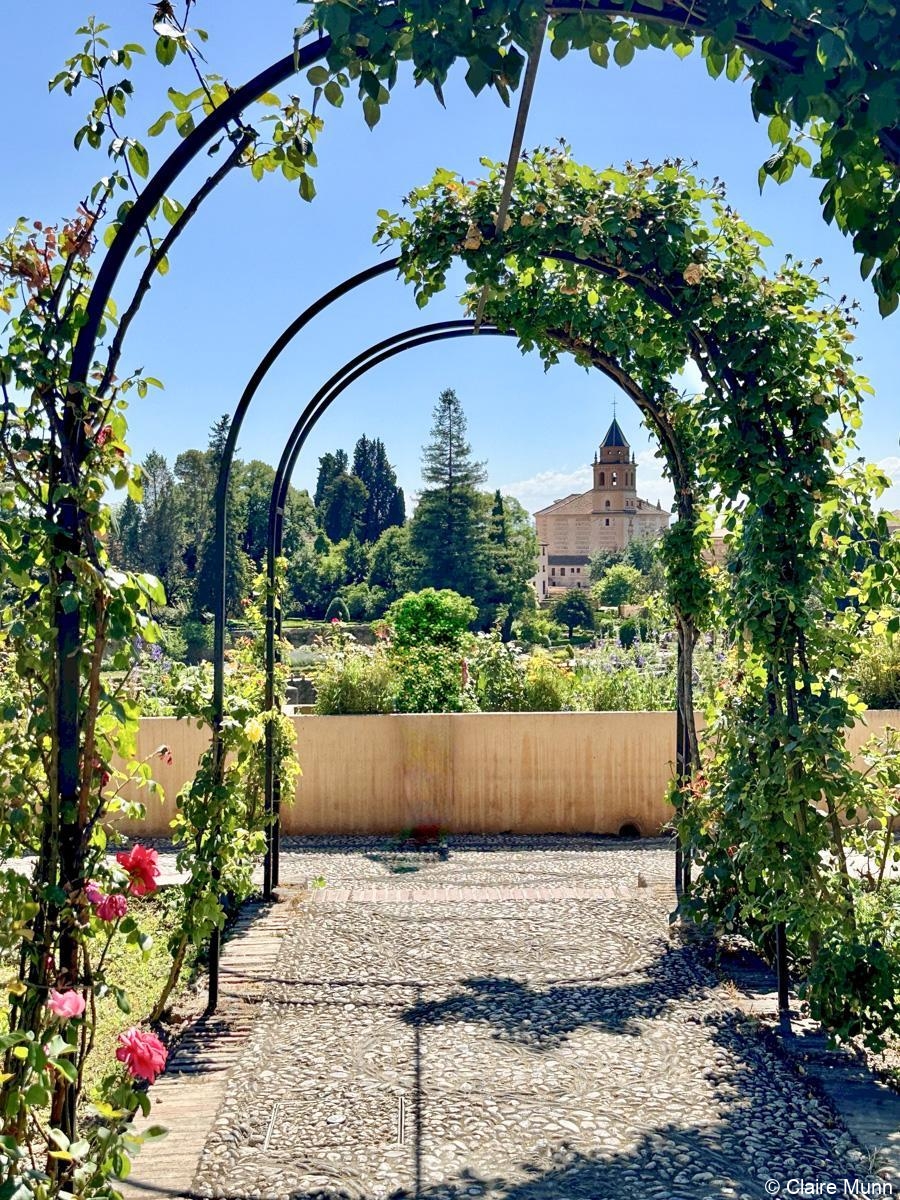
The whitewashed Generalife Palace, built between the 13th and 14th centuries, is at the heart of the Generalife gardens. Comprised of pavilions arranged around the Patio de la Acequia (Courtyard of the Water Channel), an expansive courtyard garden with a long reflecting pool bordered by trees, flowers and fountains, it echoes the Alhambra but maintains a rustic simplicity.
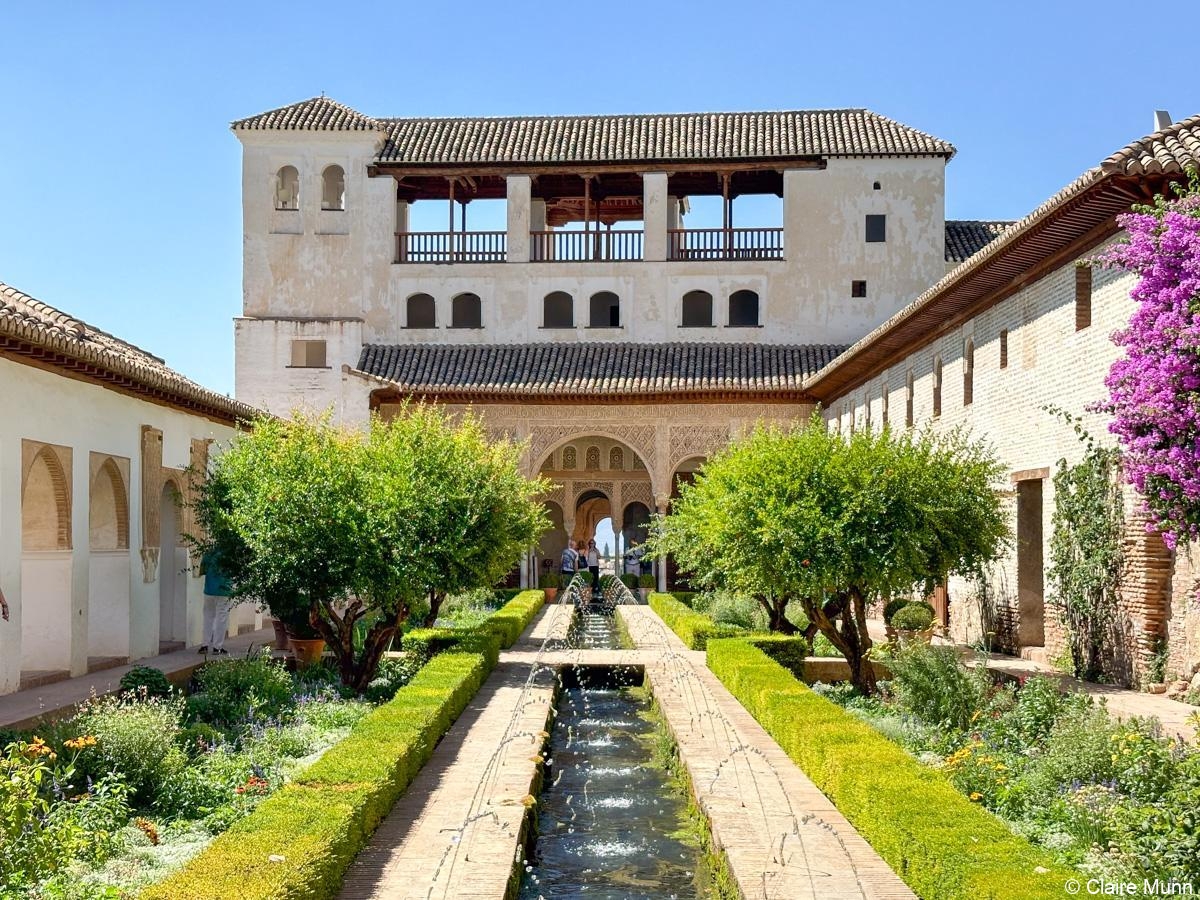
One of our favorite spaces in the Generalife is the exquisite mirador (viewpoint) in the northern pavilion of the Generalife Palace.
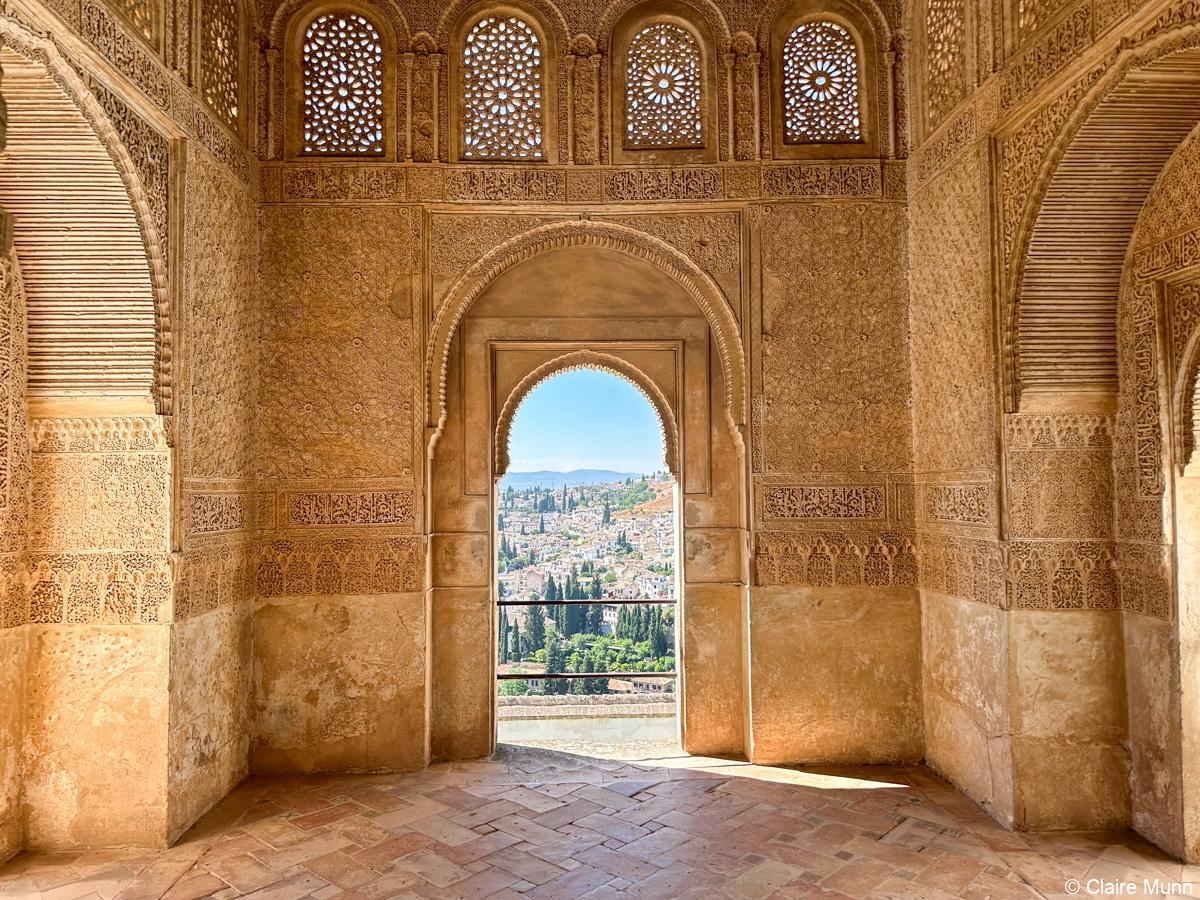
This stunning open-air observation point offers panoramic views of the Albaicin neighborhood and showcases the incredible craftsmanship and refined design under the Nasrid rulers.
Albaicin
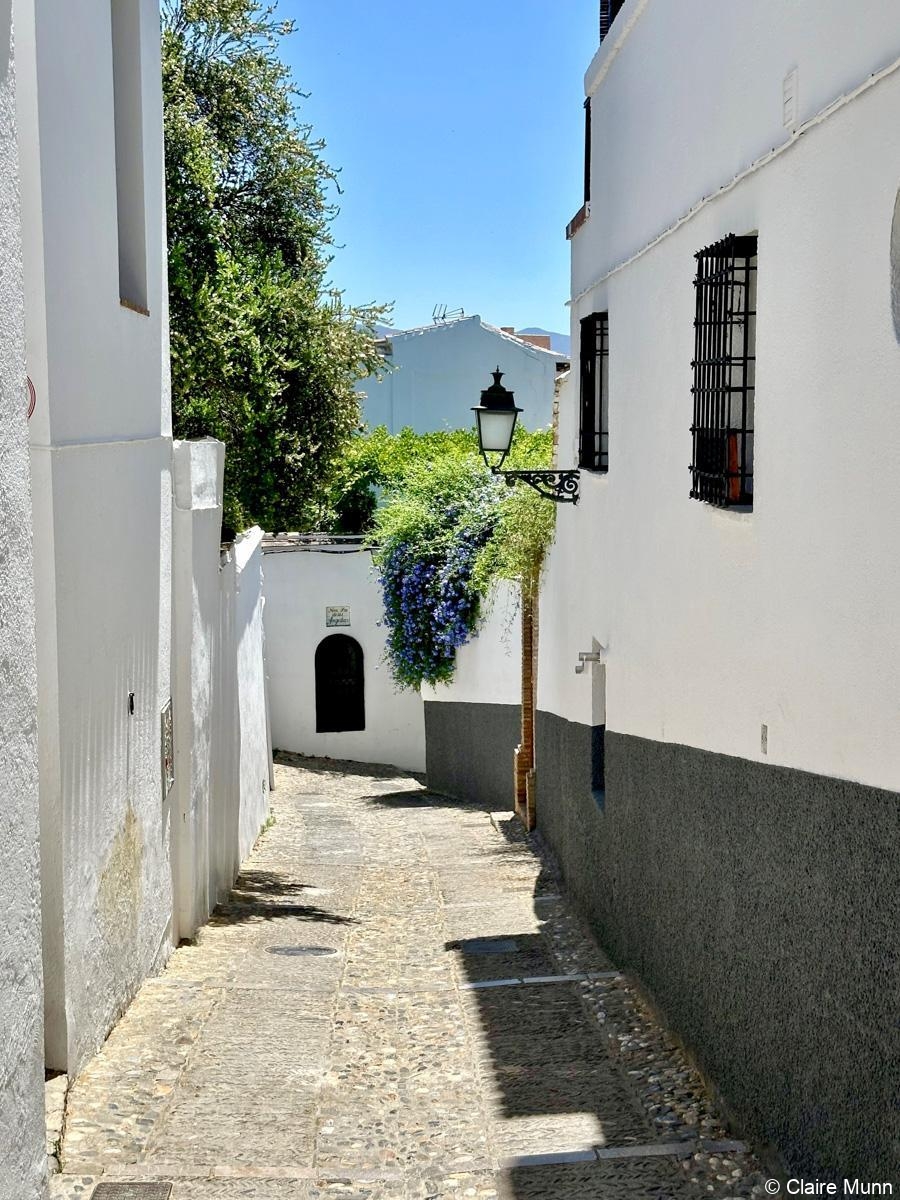
The Albaicin district is Granada’s incredibly well-preserved historic Arab quarter. The neighborhood dates back to the 13th century and is known for its original medieval layout with narrow lanes and whitewashed buildings.
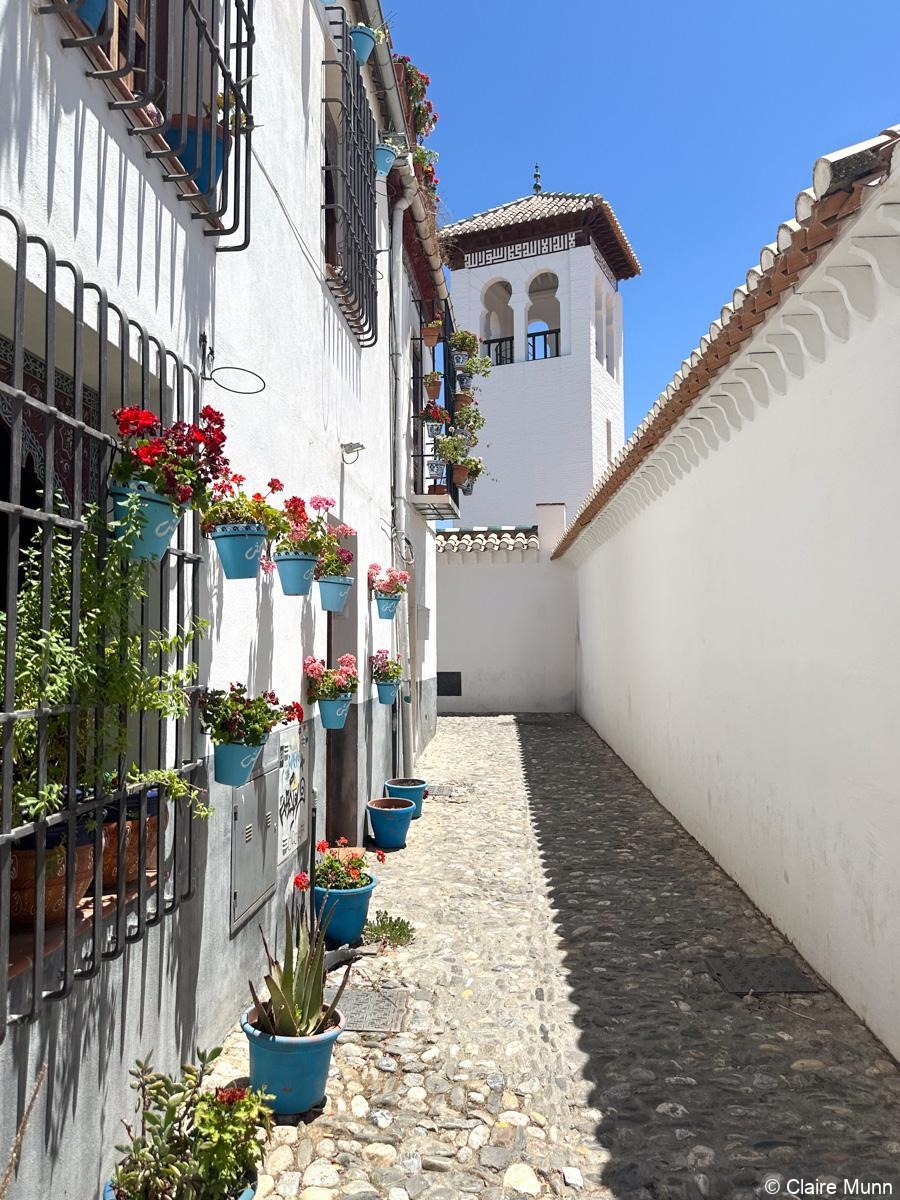
Perched on a hill opposite the Alhambra, the Albaicin offers visitors iconic views of the citadel.
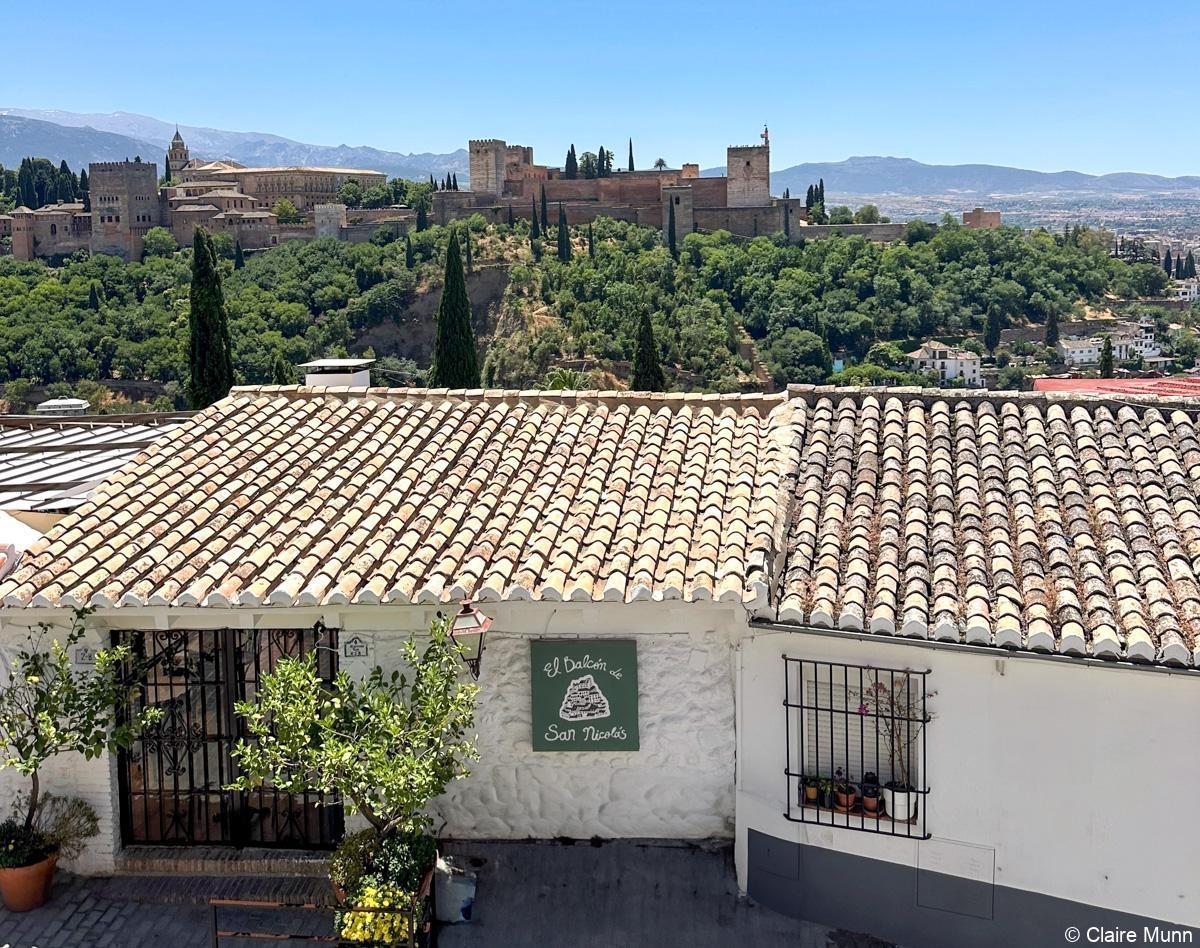
Our local guides take our travelers to explore the winding cobblestone streets, historic architecture, secret gardens and picturesque squares, a fascinating blend of Moorish, Renaissance and Andalusian baroque stylistic and cultural influences.
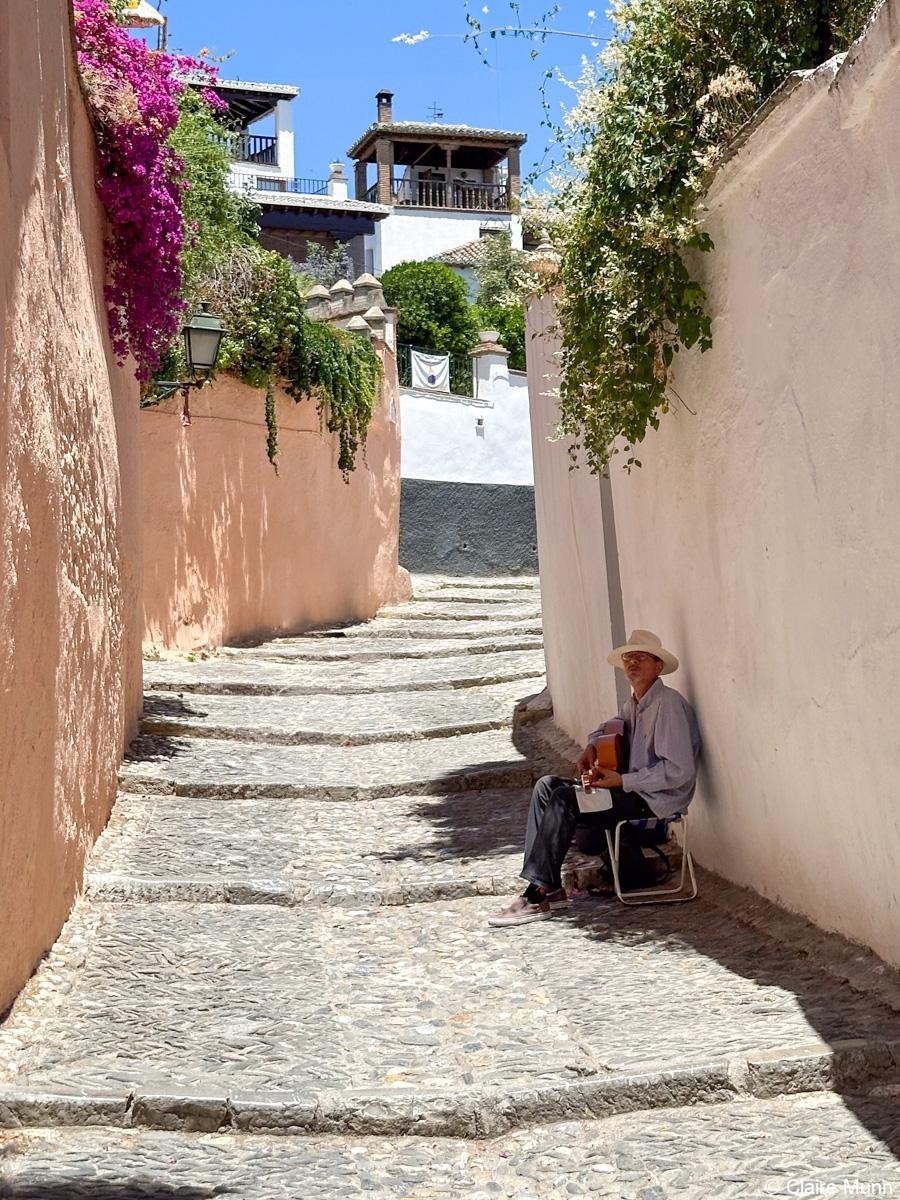
The Albaicin is a great place to observe daily life, browse boutiques for traditional crafts or stop in a cafe for excellent coffee, mint tea, tapas or traditional pastries like baklava.

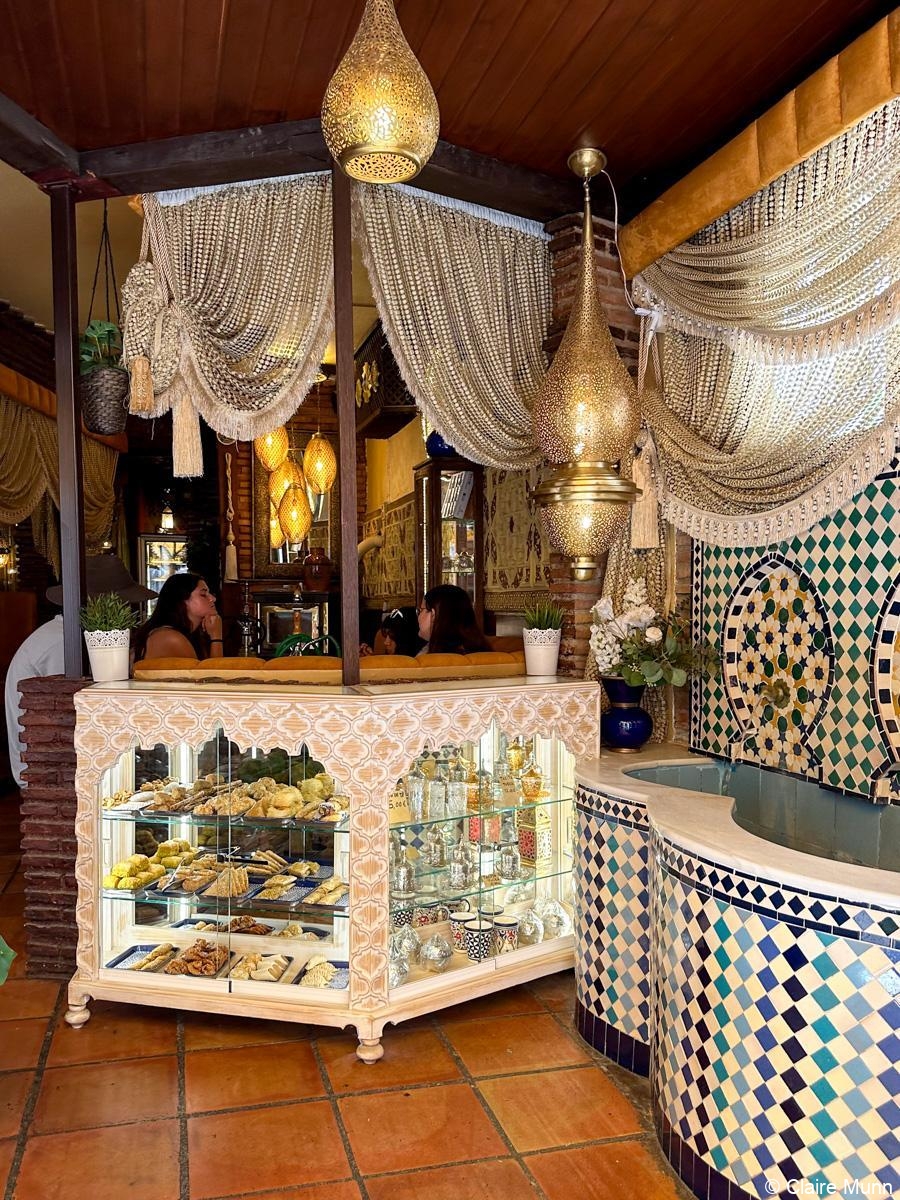
Local crafts
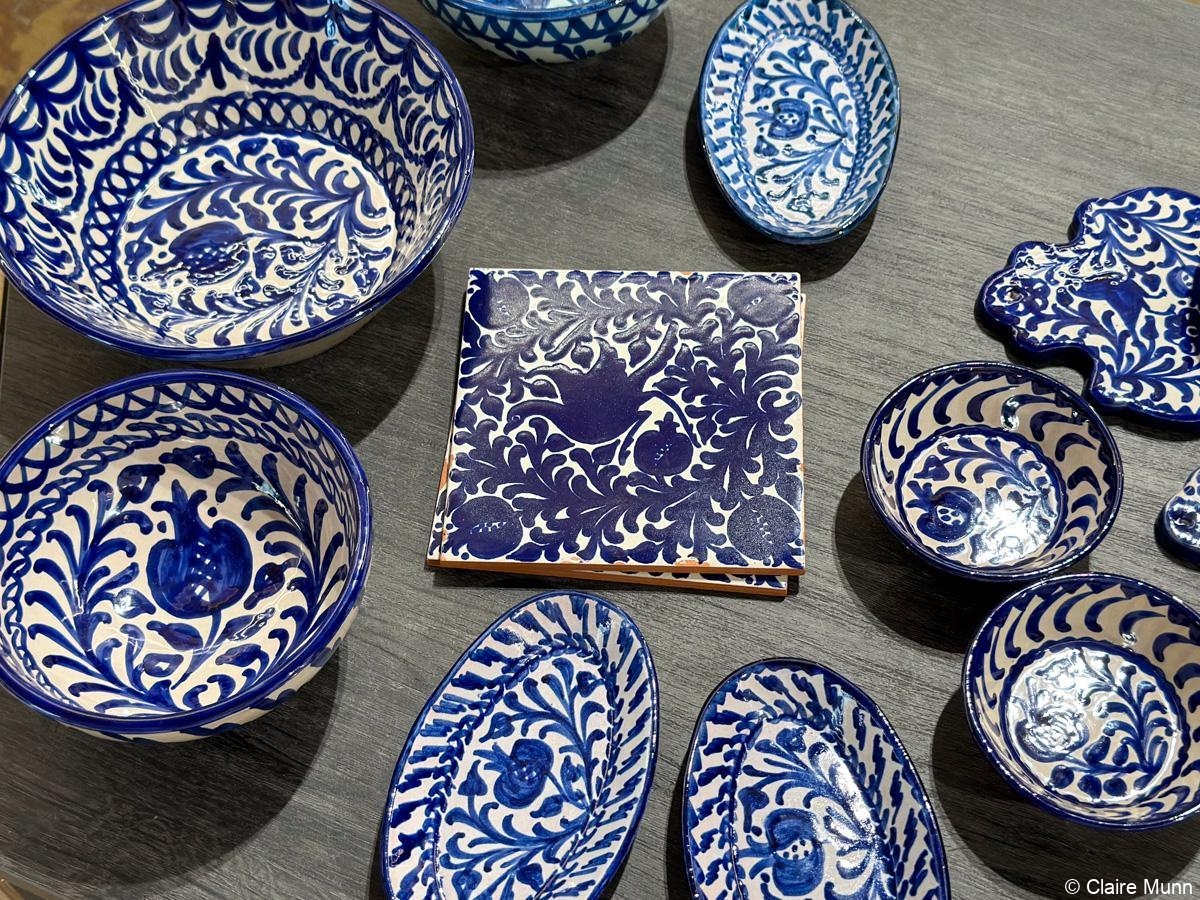
Granada has a rich tradition of craftsmanship that reflects the multicultural blend of Moorish, Christian and Andalusian influences. Notable traditional local crafts include embroidered textiles, intricate lanterns and delicate leatherwork.
Not to be missed are Fajalauza ceramics, a style that features ornamental motifs of birds, fruits and flowers painted in distinctive blues and greens. Fajalauza originated in the Albaicin neighborhood in the 16th century and pieces can still be found adorning walls, gardens and doorways throughout the neighborhood.
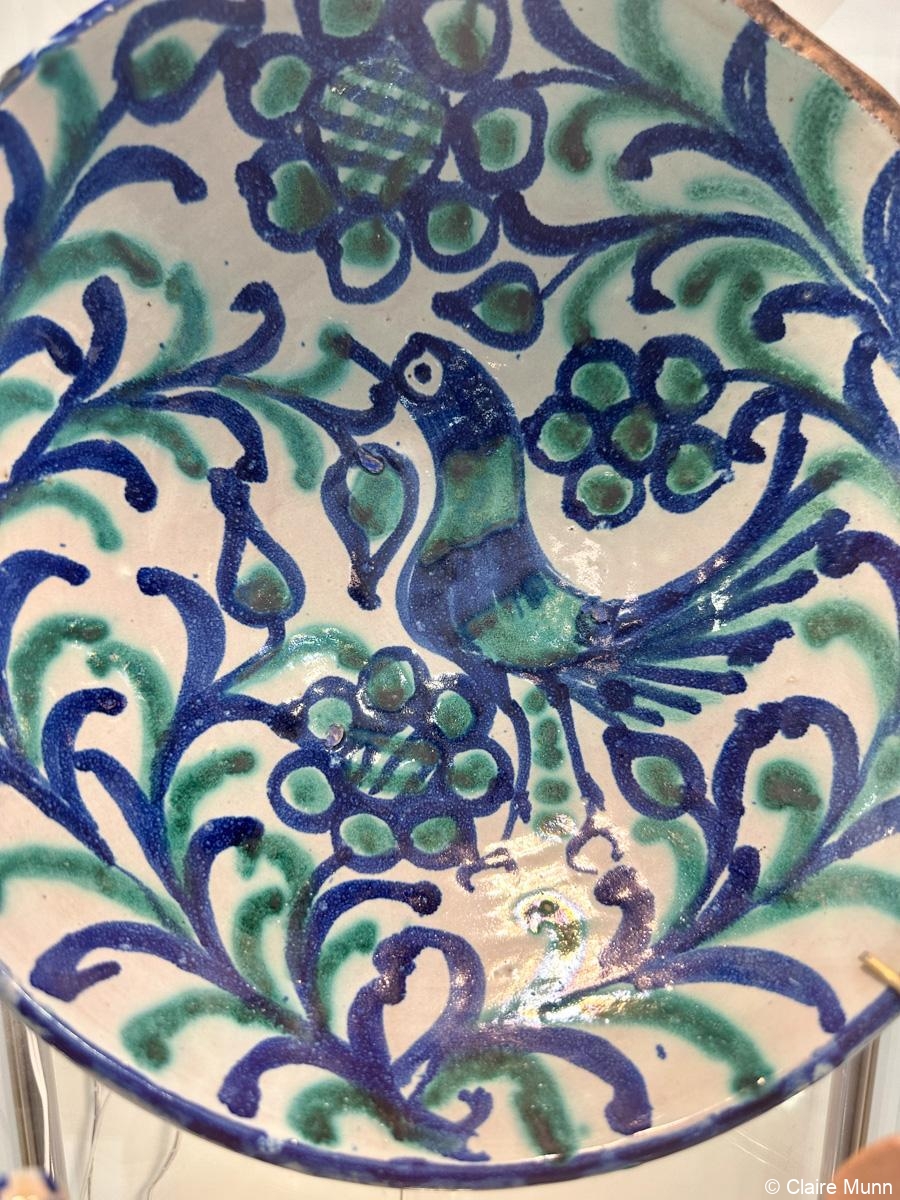
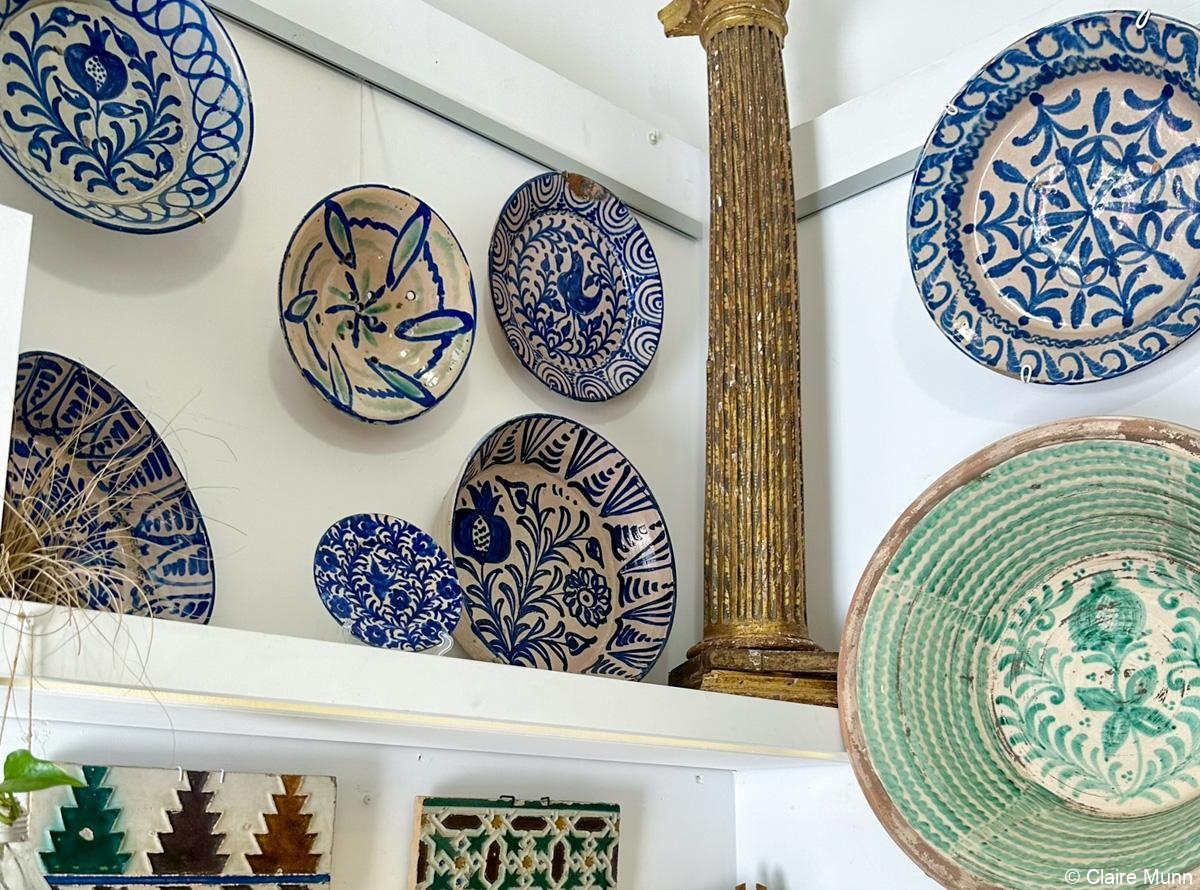
Another favorite traditional craft from Granada is taracea, intricate inlay work using wood, bone and metals to create stunning geometric patterns that decorate furniture, jewelry boxes, game boards and other decorative items.
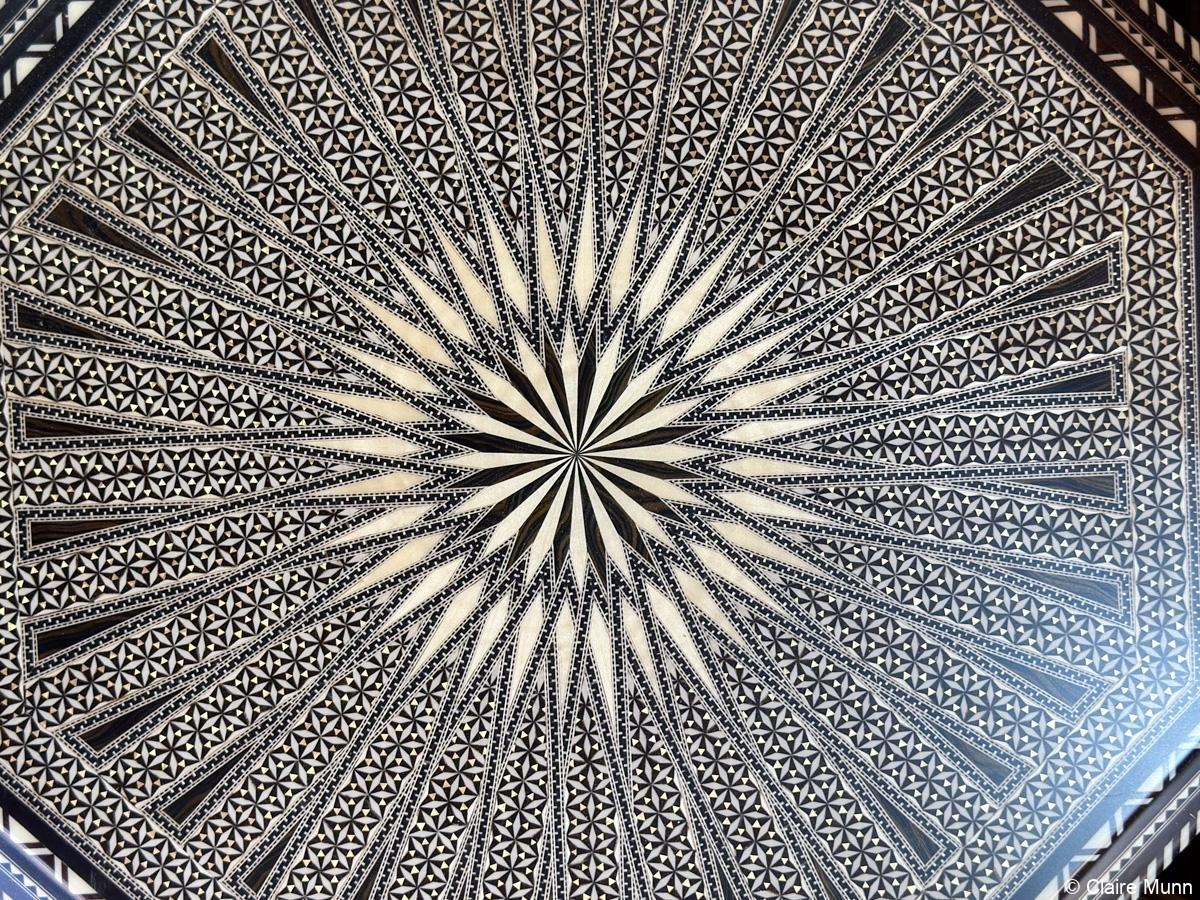
We take travelers to a historic, family-run taracea workshop in the Alhambra to meet the artisans, learn about the craftsmanship and browse high-quality designs inspired by the Alhambra.
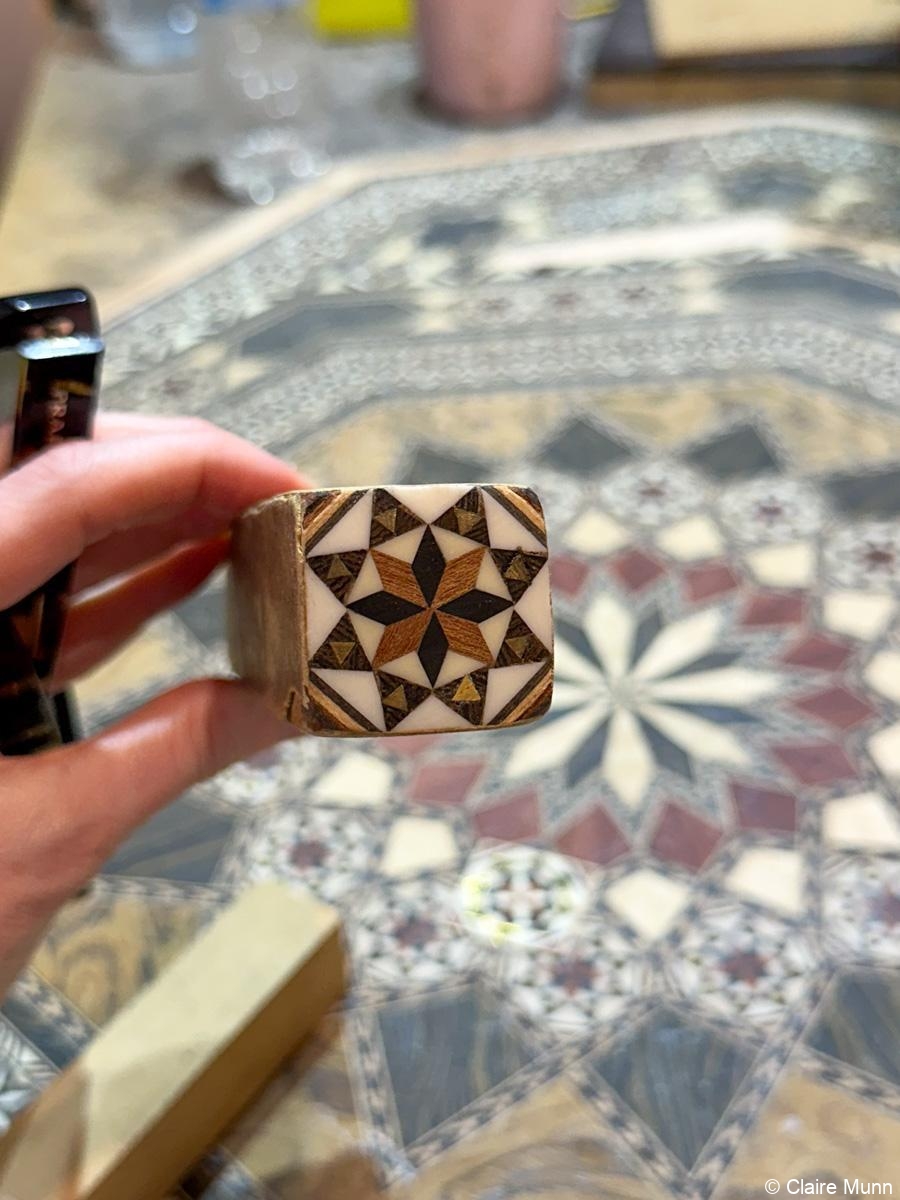
Cathedral of Granada and Royal Chapel
One of Spain’s largest cathedrals, the Cathedral of Granada (officially the Cathedral of the Incarnation) was built on the site of the city’s central mosque in the early 1500s after Ferdinand and Isabella conquered Granada.
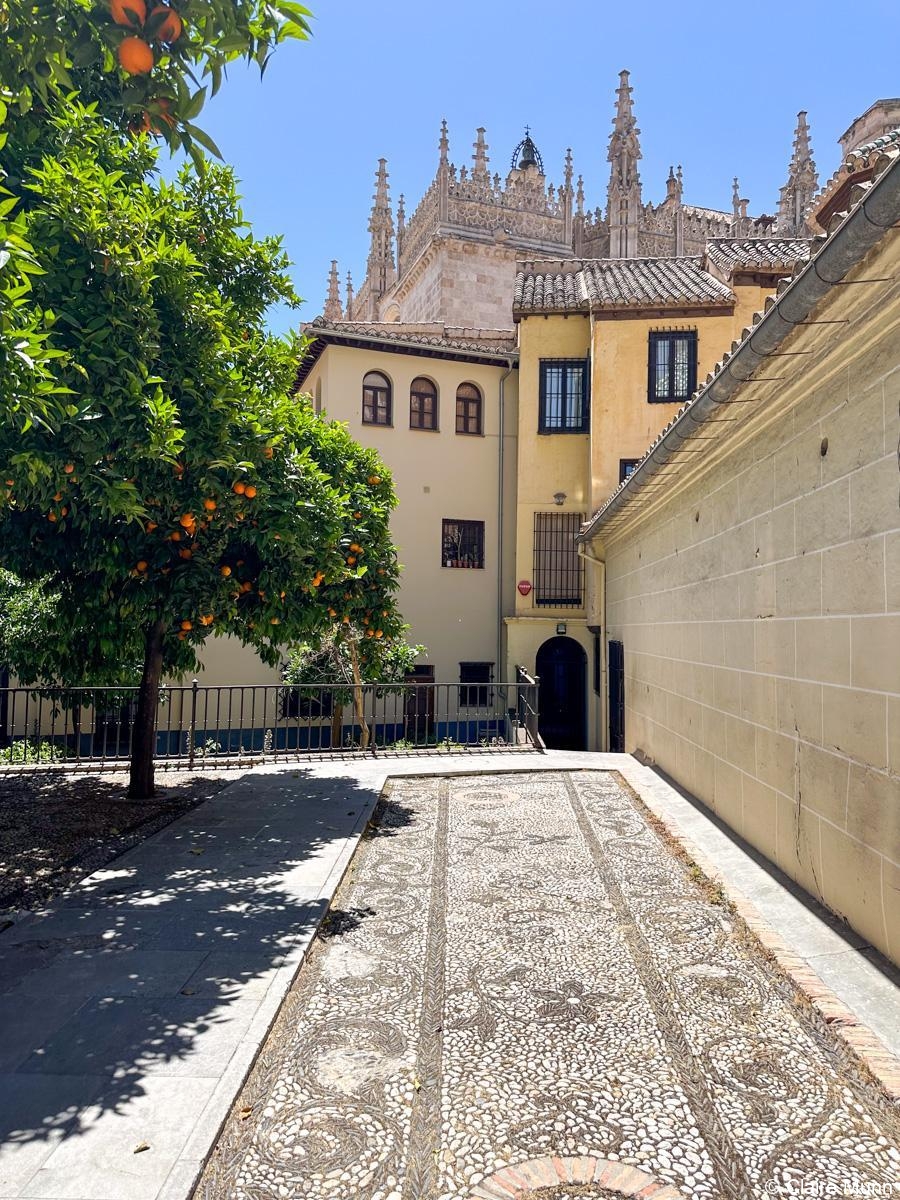
A blend of Gothic, Renaissance and Baroque styles, the cathedral is notable for its grand facade, large dome and vast interior spaces filled with chapels adorned with sculptures, wood carvings and stained glass.
Adjacent to the cathedral is the Royal Chapel (Capilla Real), the burial place of Ferdinand and Isabella.
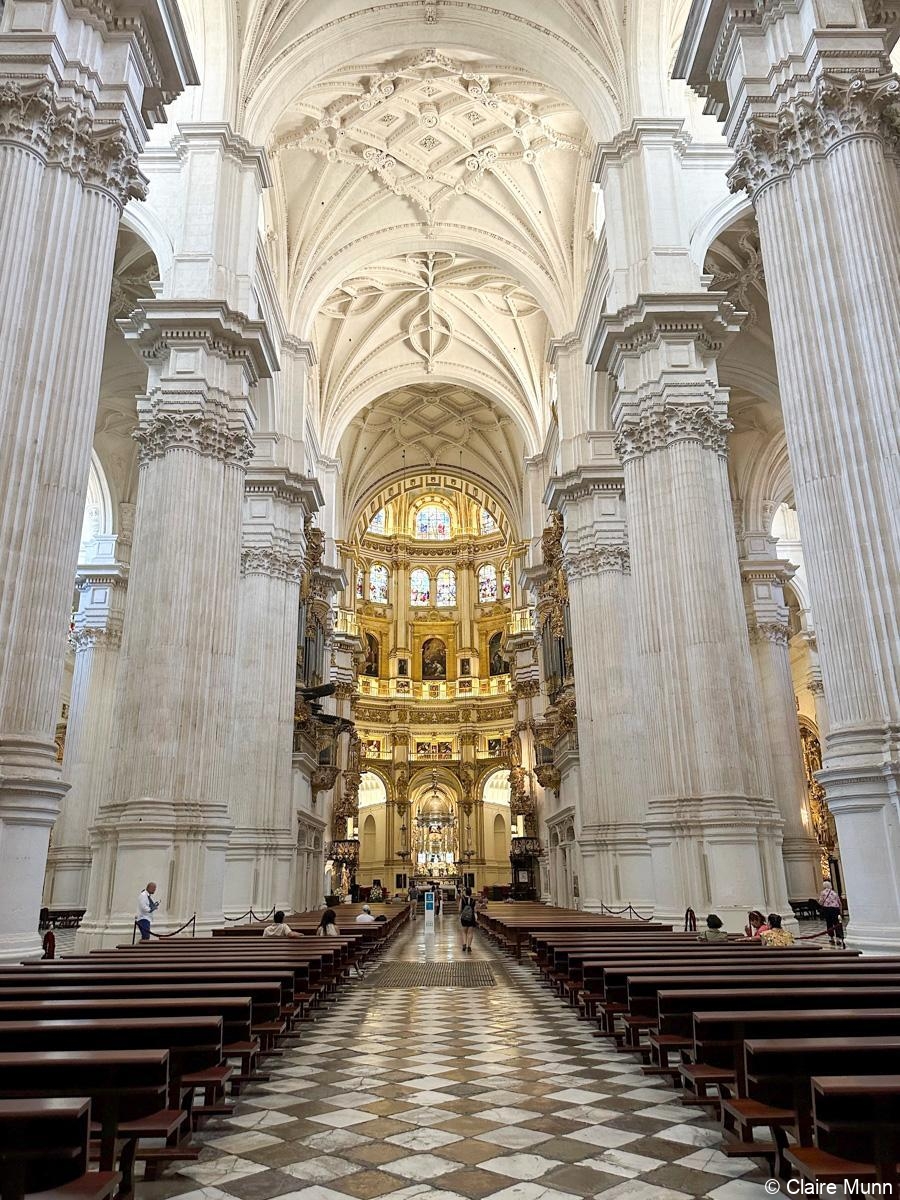
For our travelers in Granada, we can also arrange private tours of the traditional cave dwellings of the Sacromonte district, tickets to a flamenco performance, guided hikes in the surrounding landscapes and private tours of additional notable historic palaces, monasteries and gardens in and around the city.
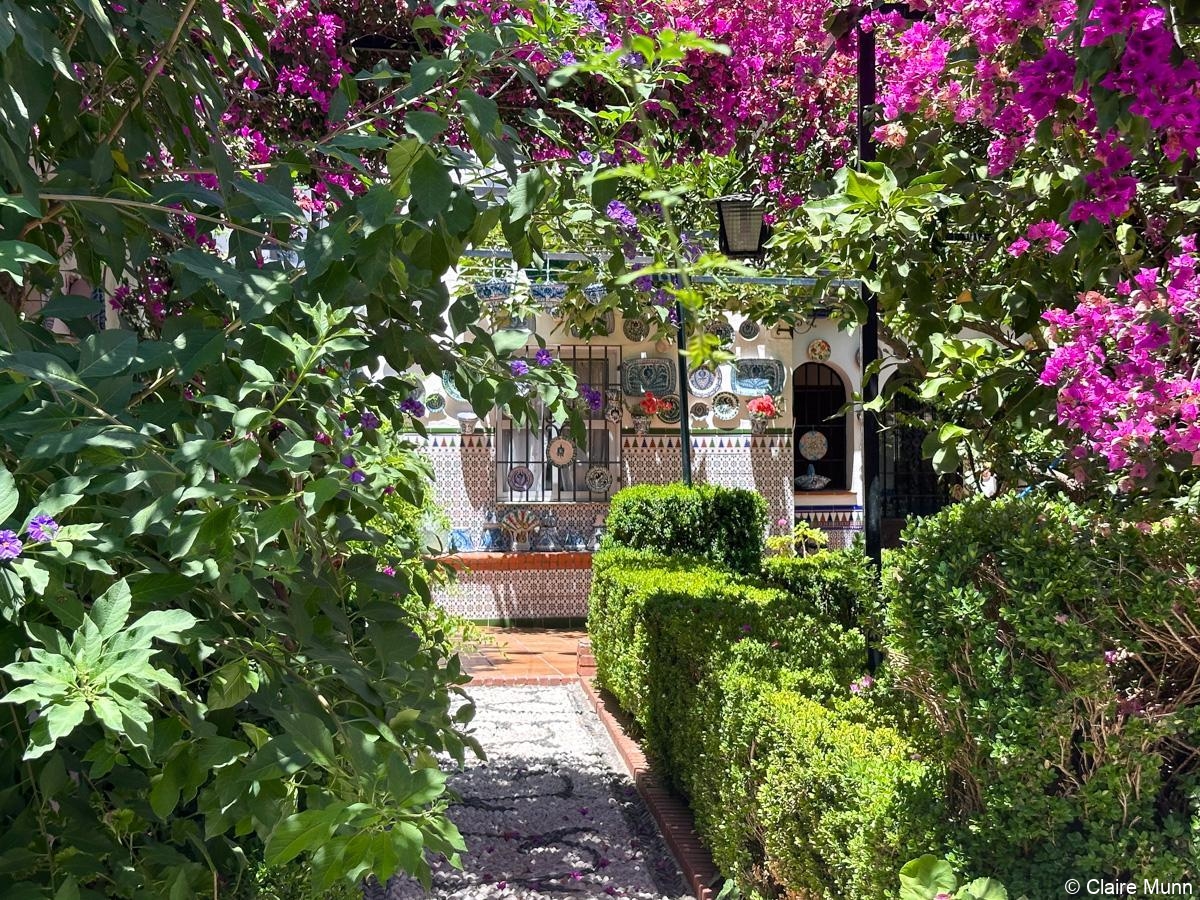
Granada combines well with other favorite destinations in Andalusia such as Seville, Cordoba, Ronda, Malaga and time relaxing at Marbella Club.
Contact Artisans of Leisure to begin planning a private Spain tour featuring the cultural, culinary and architectural highlights of Granada.
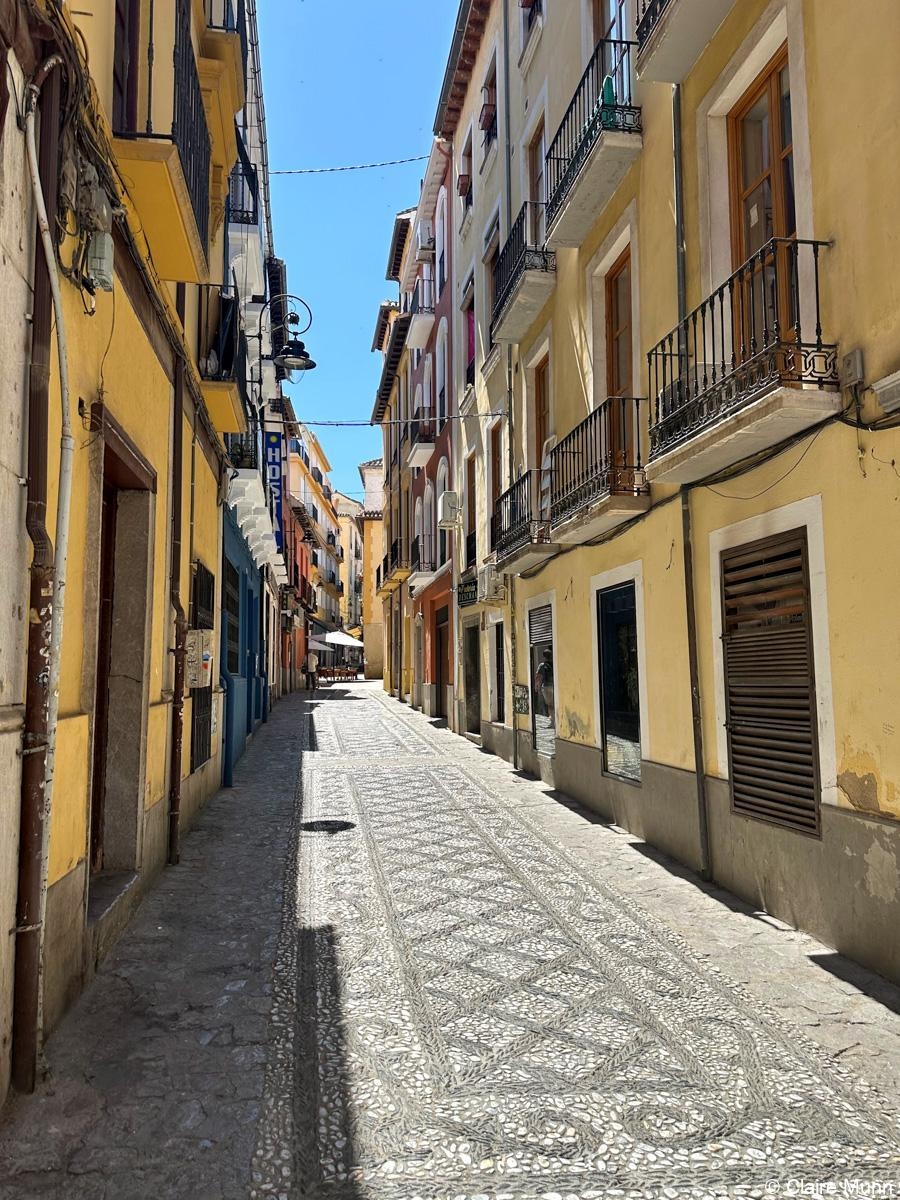
Tags: Alhambra, Andalusia, Andalusia tours, Andalusian crafts, ceremony, crafts, crafts tours Spain, design tours, Fajalauza ceramics, gardens, Generalife, Granada, Granada tours, inlaid, inlay, Jewish history, luxury Spain tours, marquetry, Moorish architecture, Moorish design, Moorish gardens, Moorish Spain, private Spain tours, southern Spain, Spain garden tours, Spain gardens, Spain tours, Spanish crafts, The Alhambra

 MENU
MENU